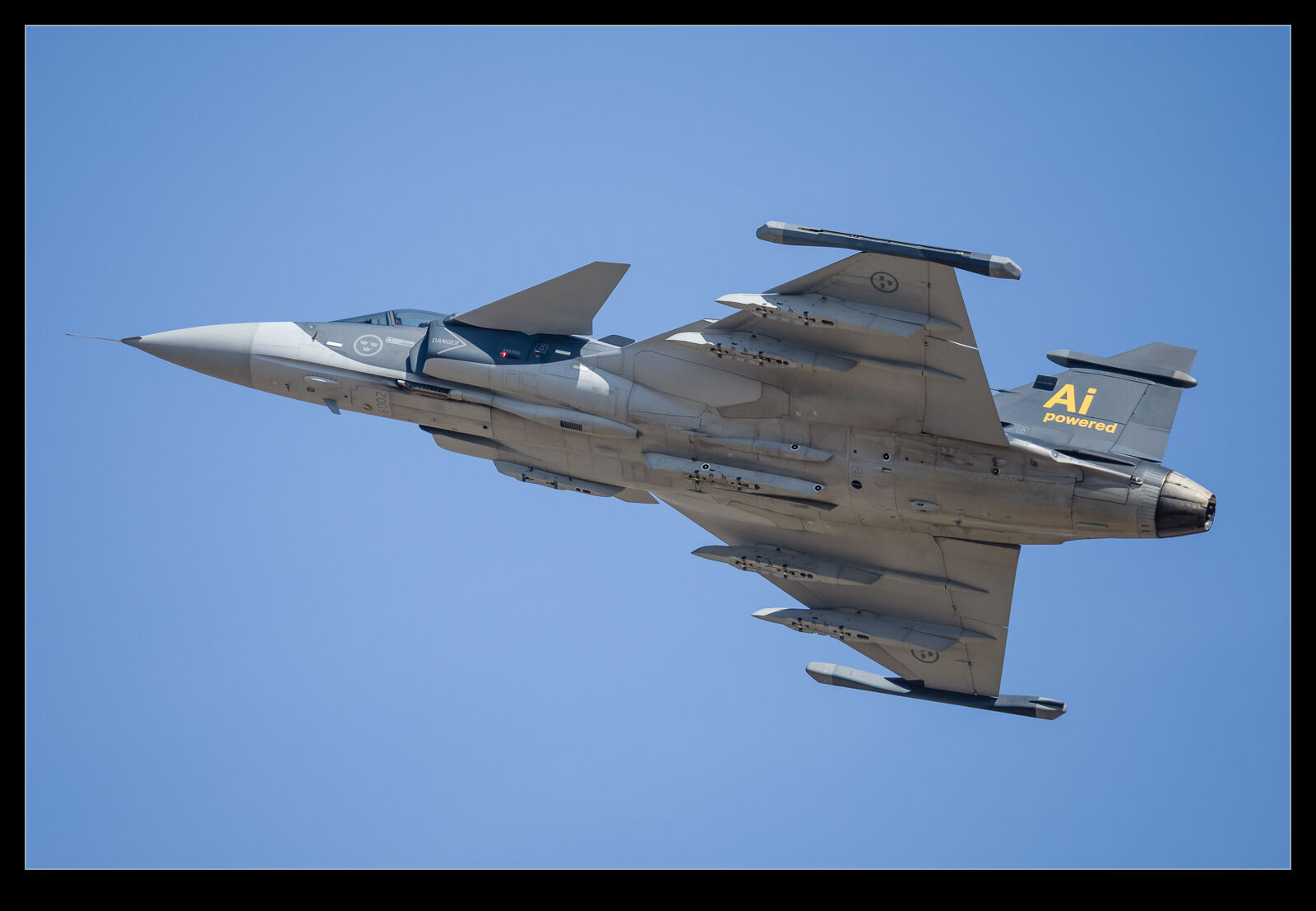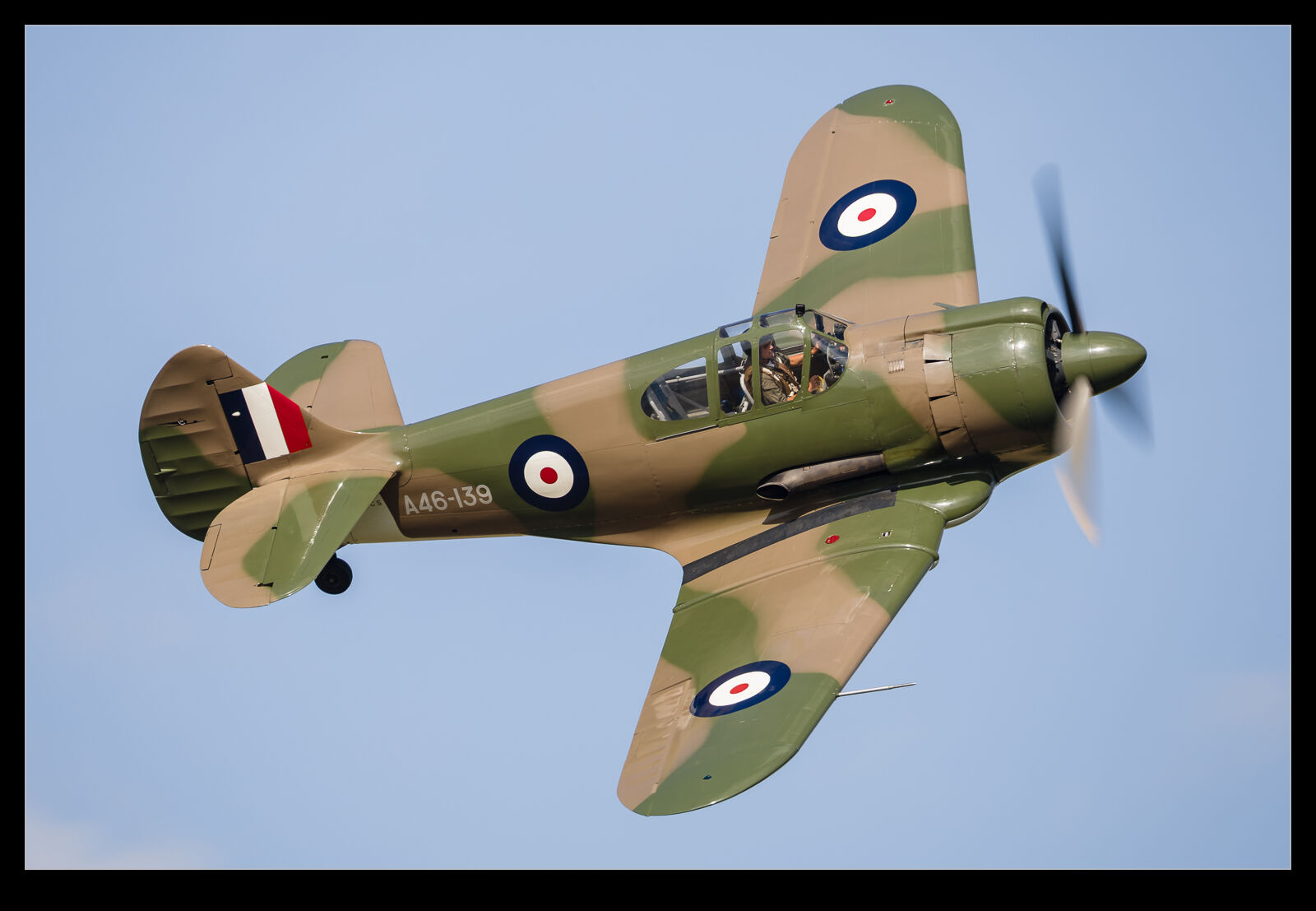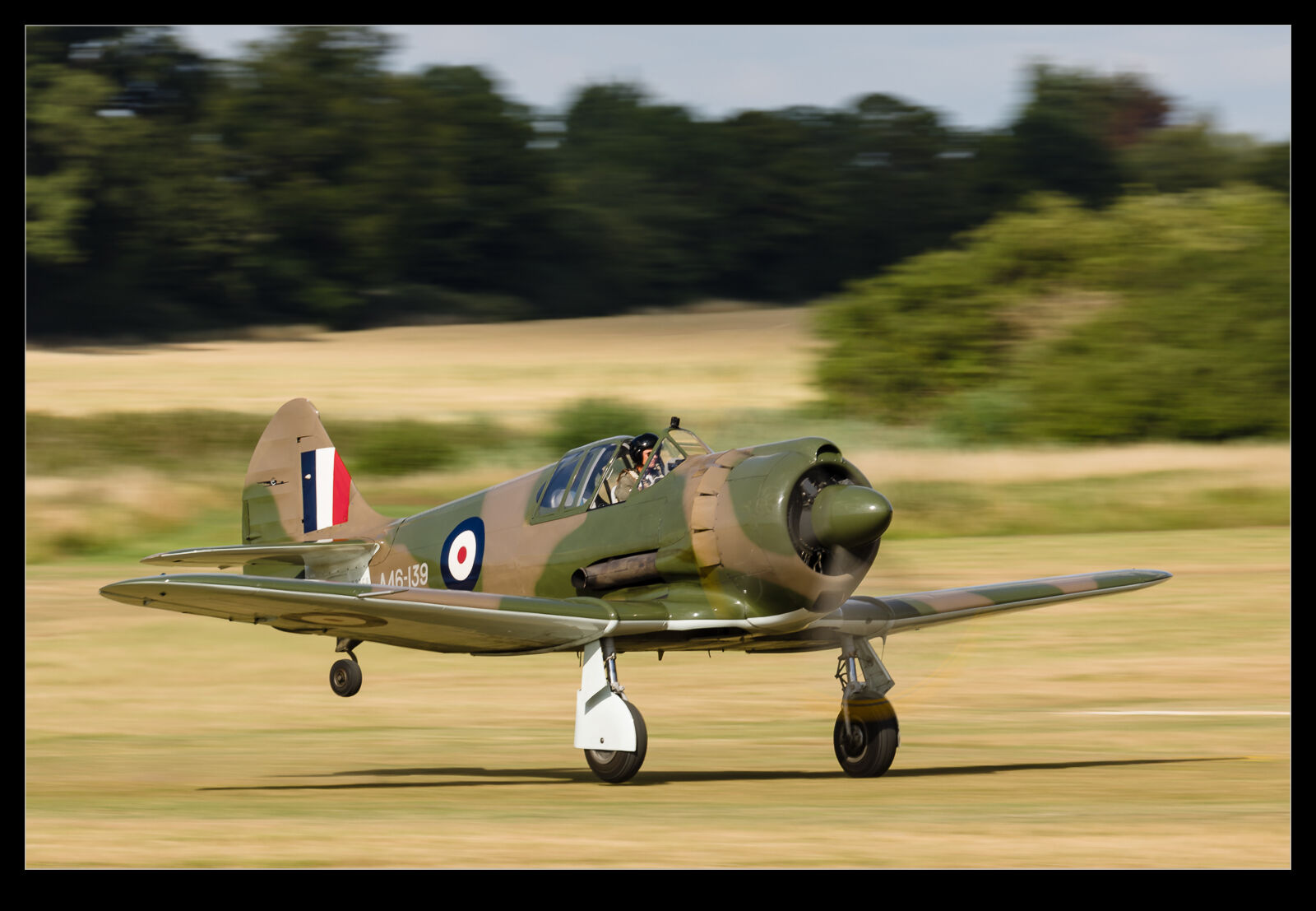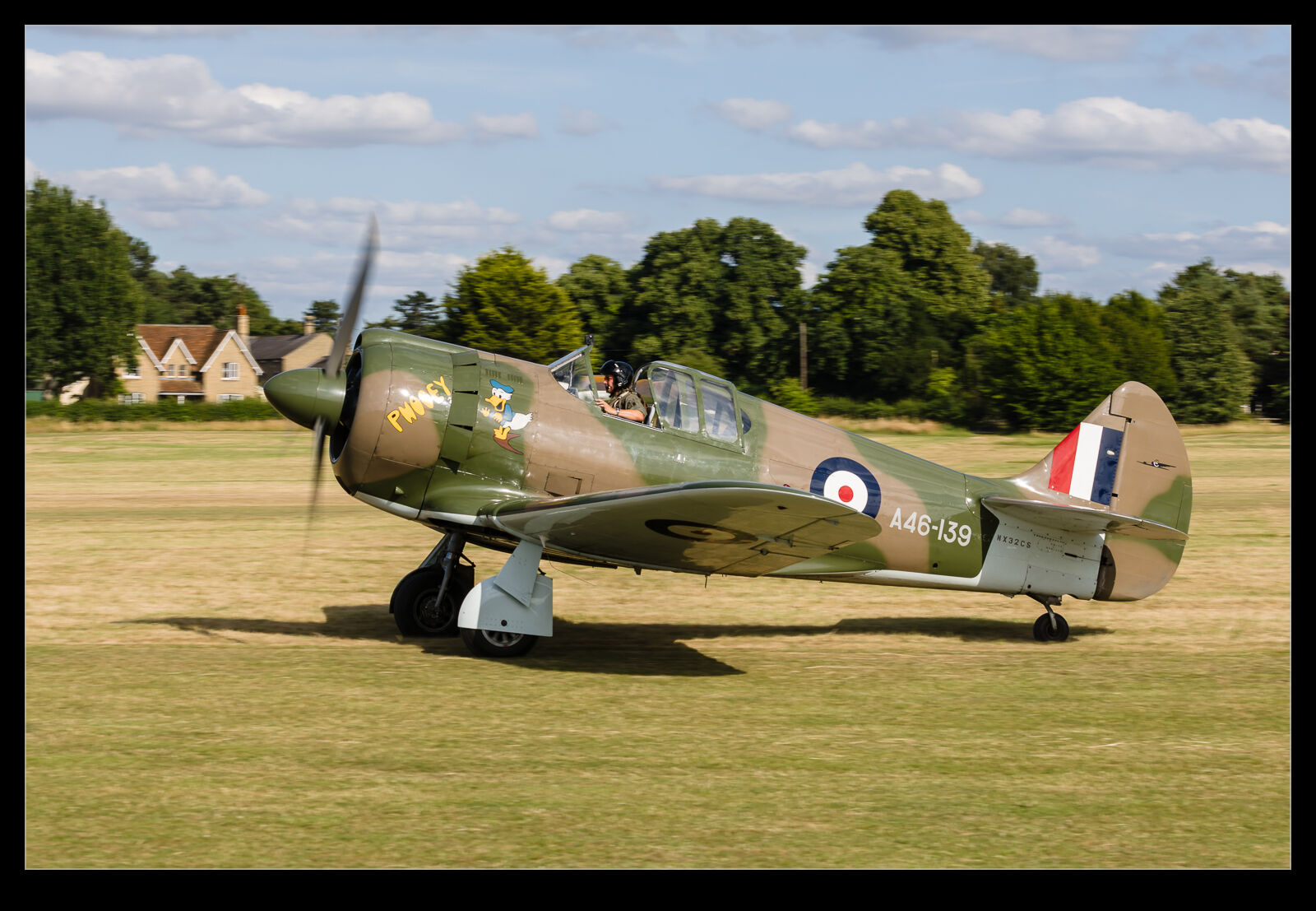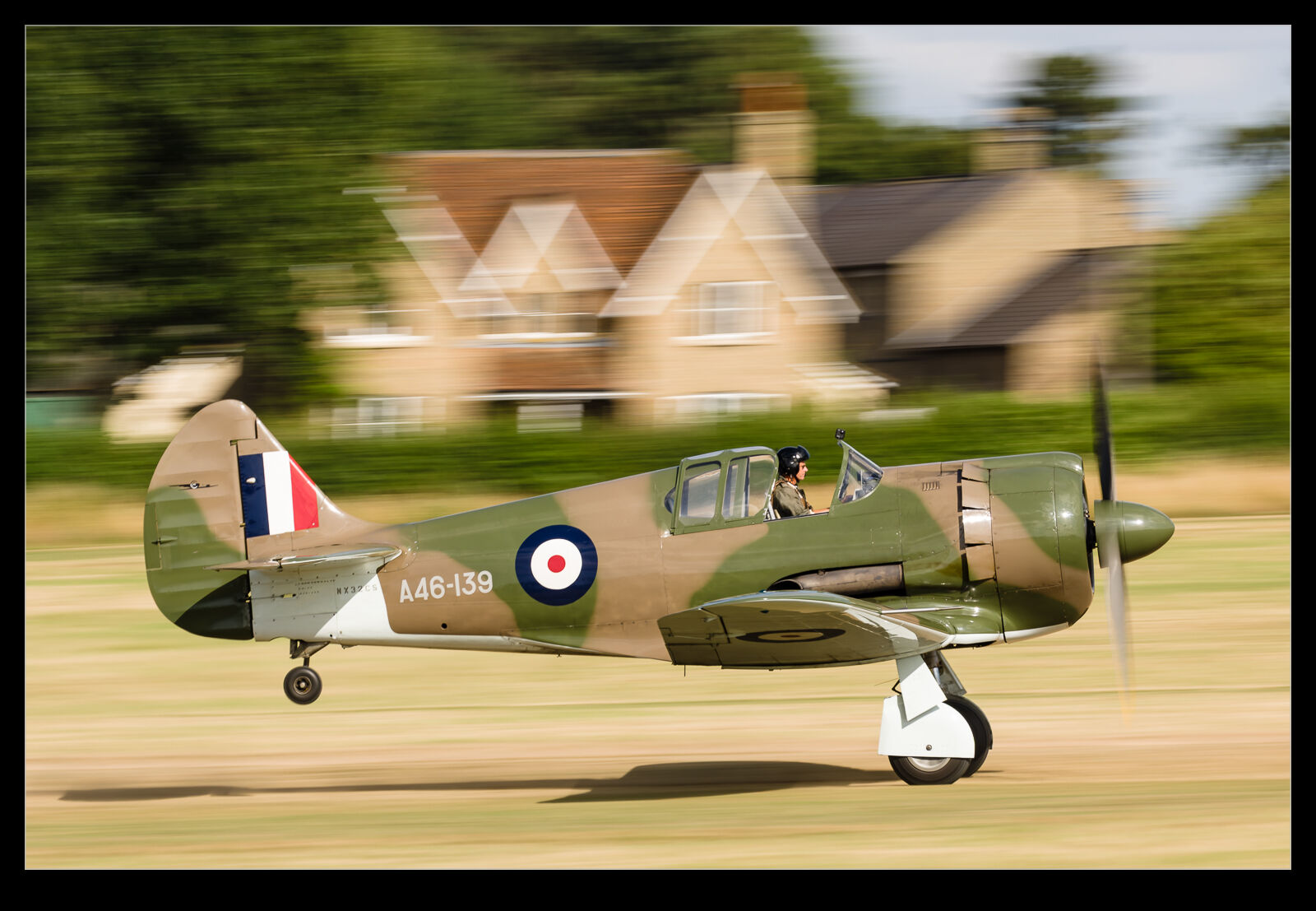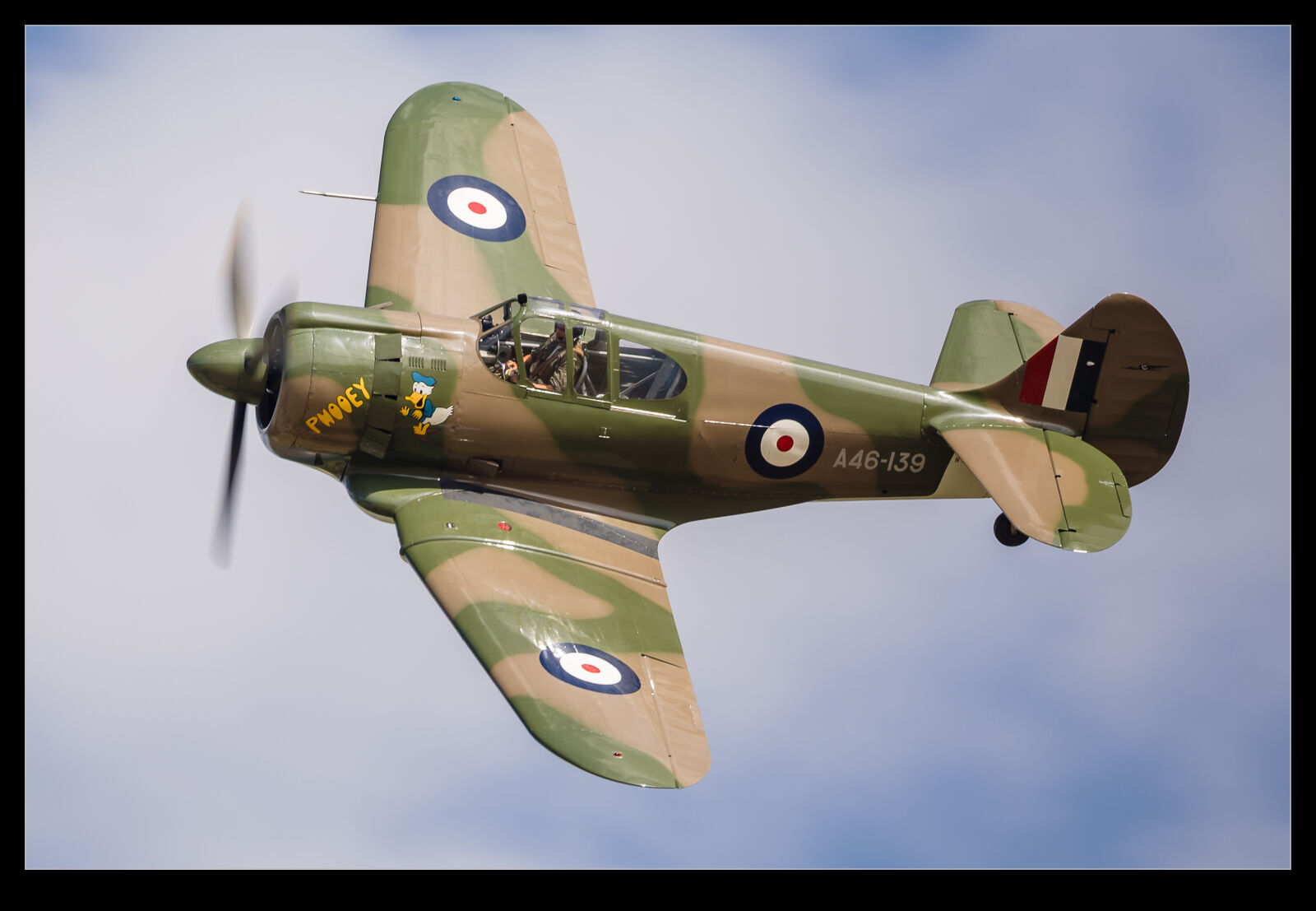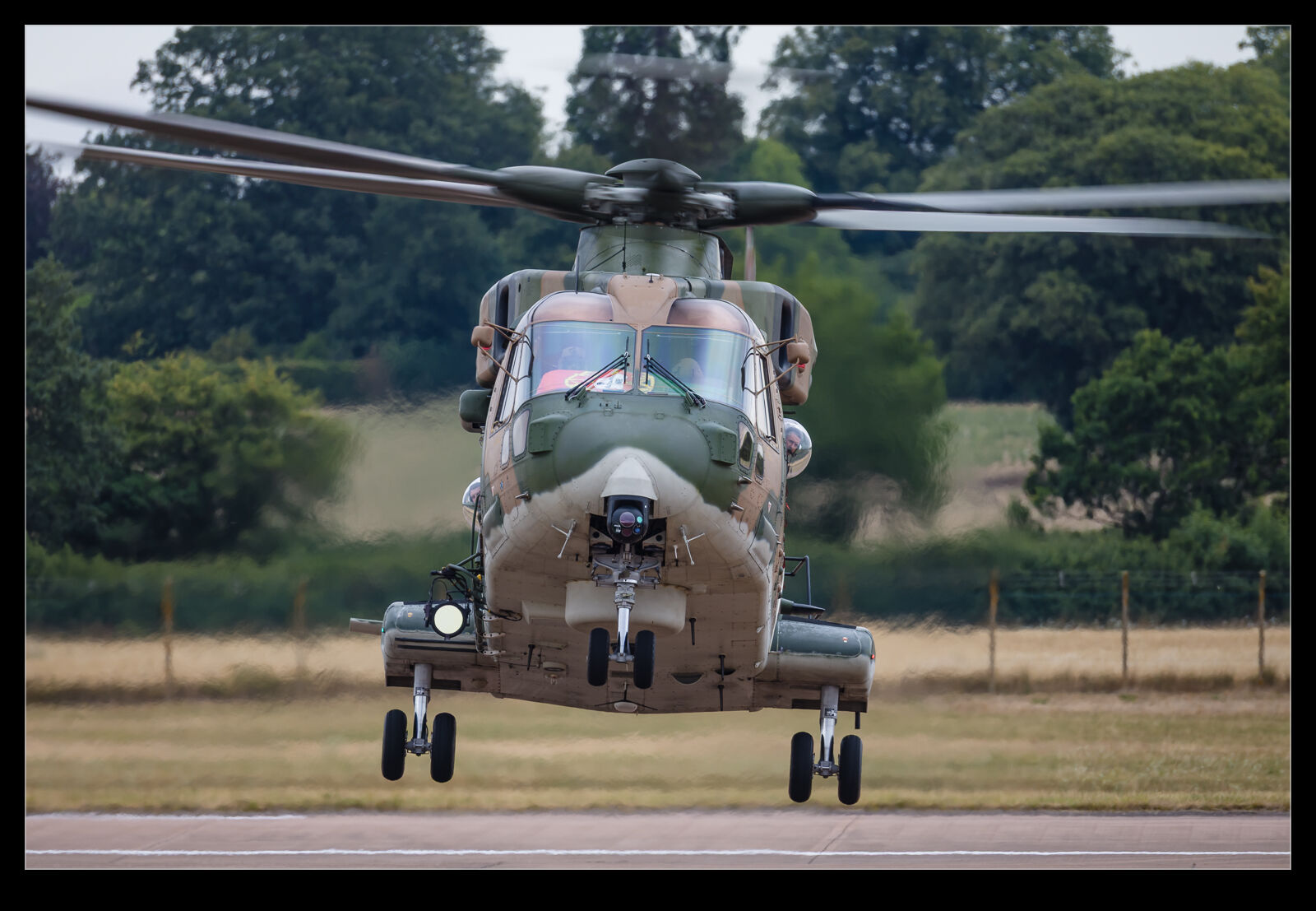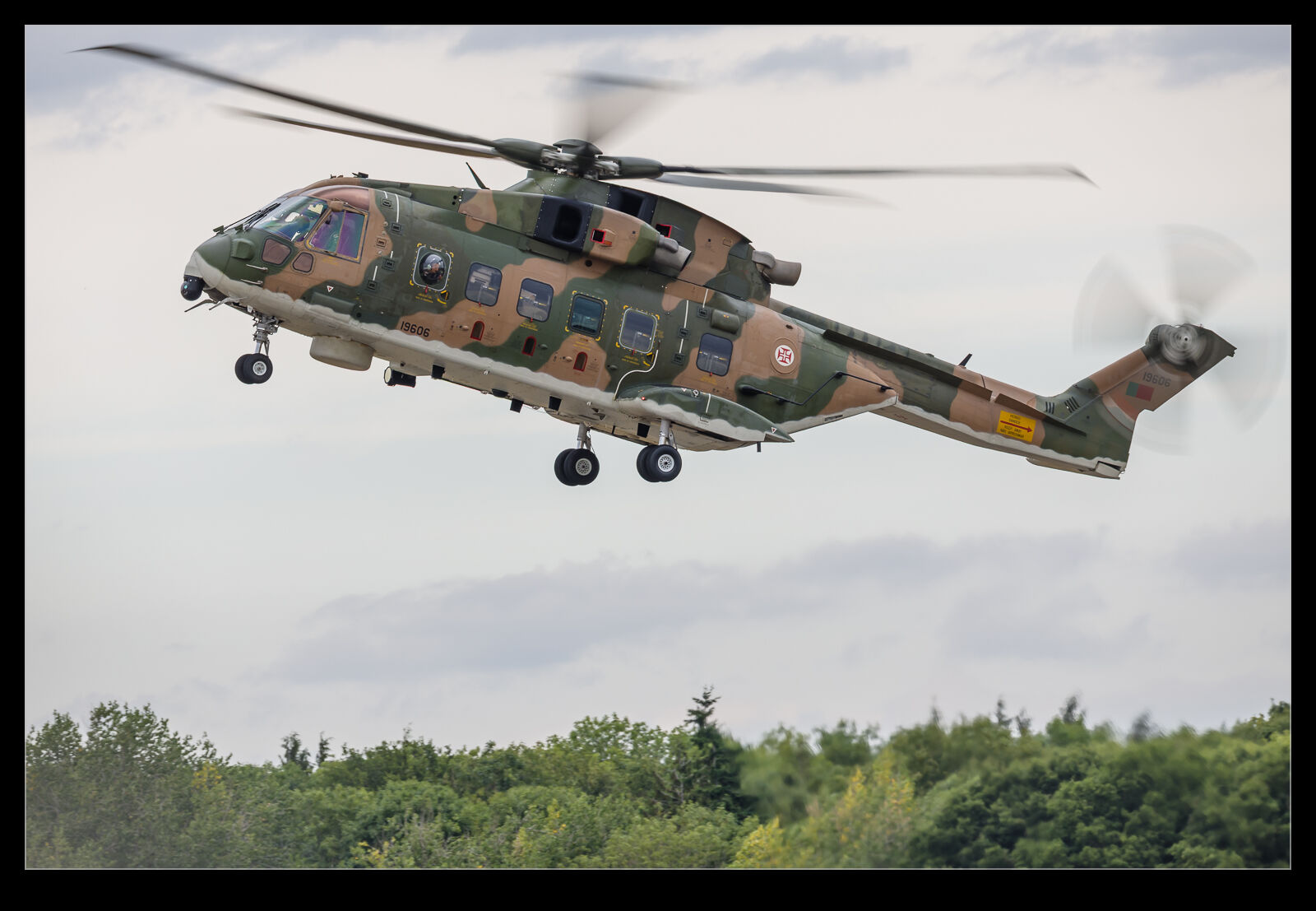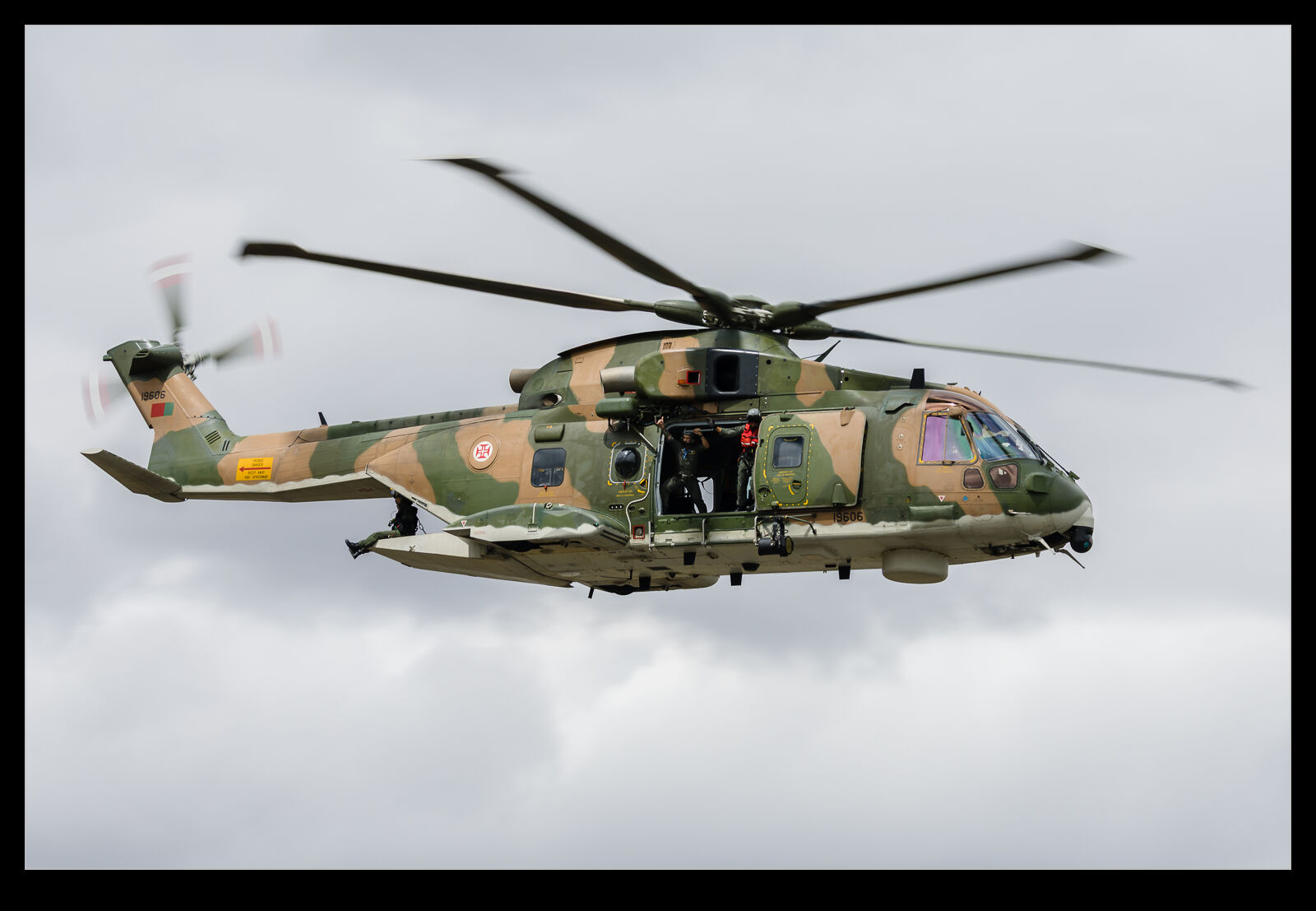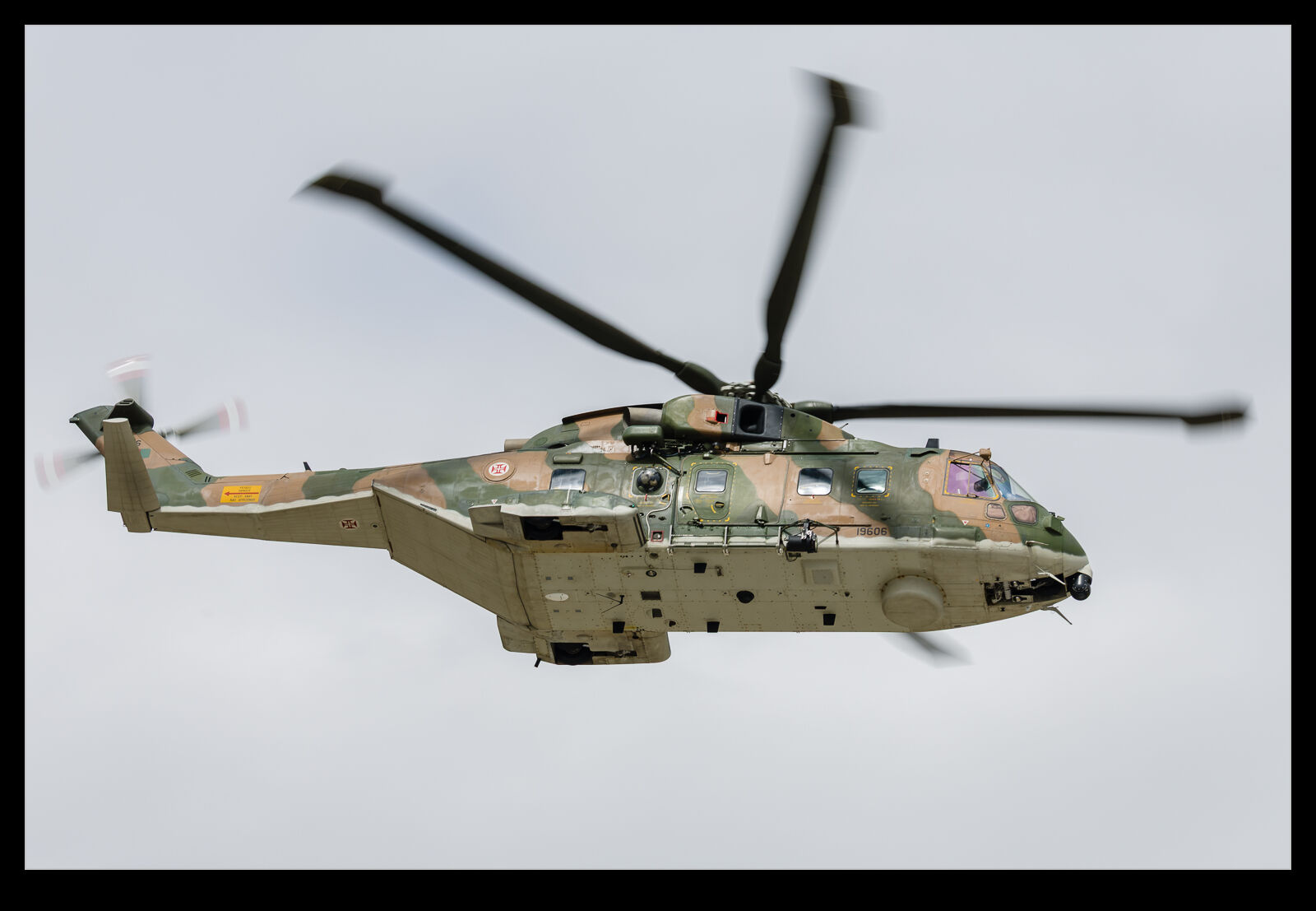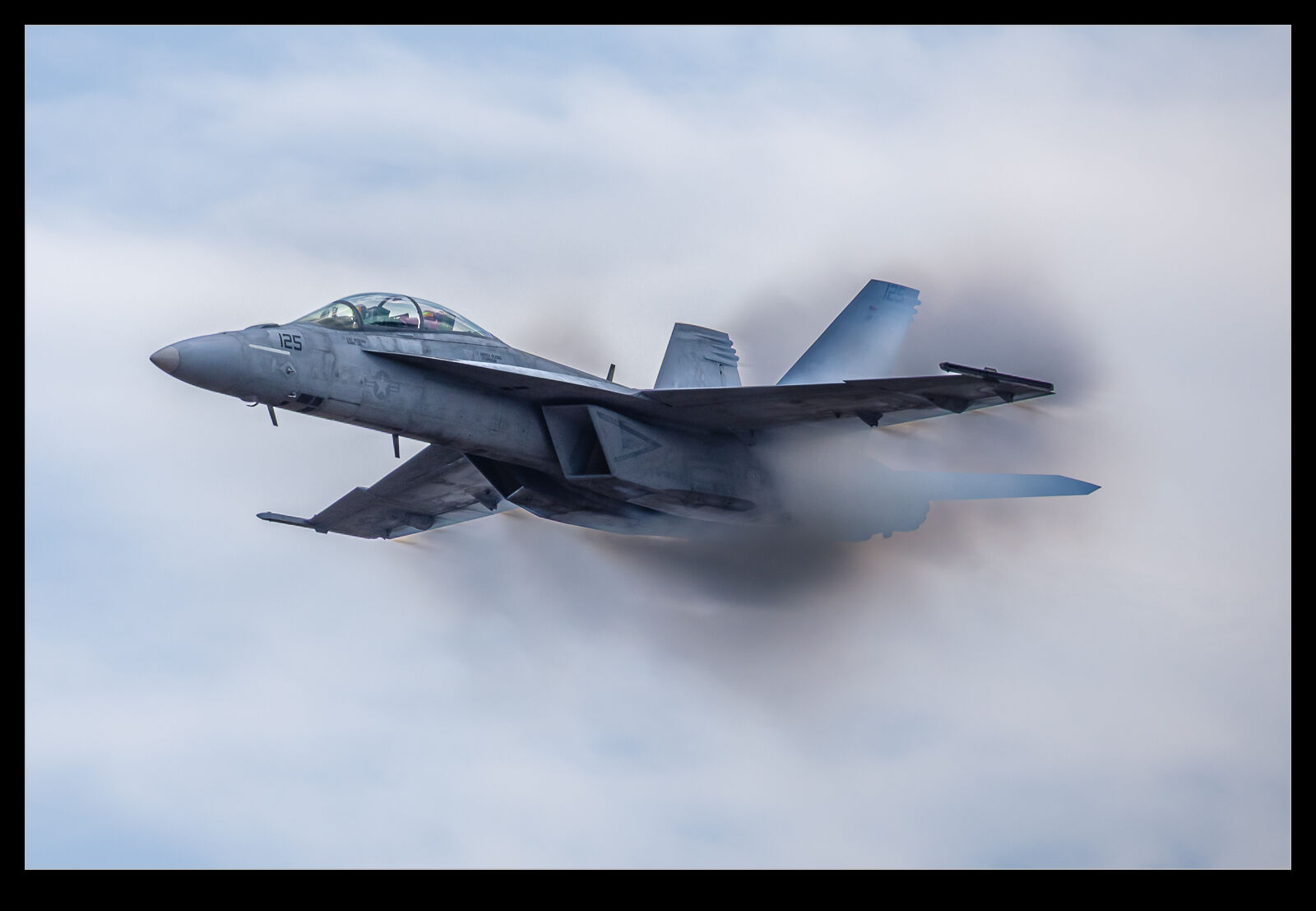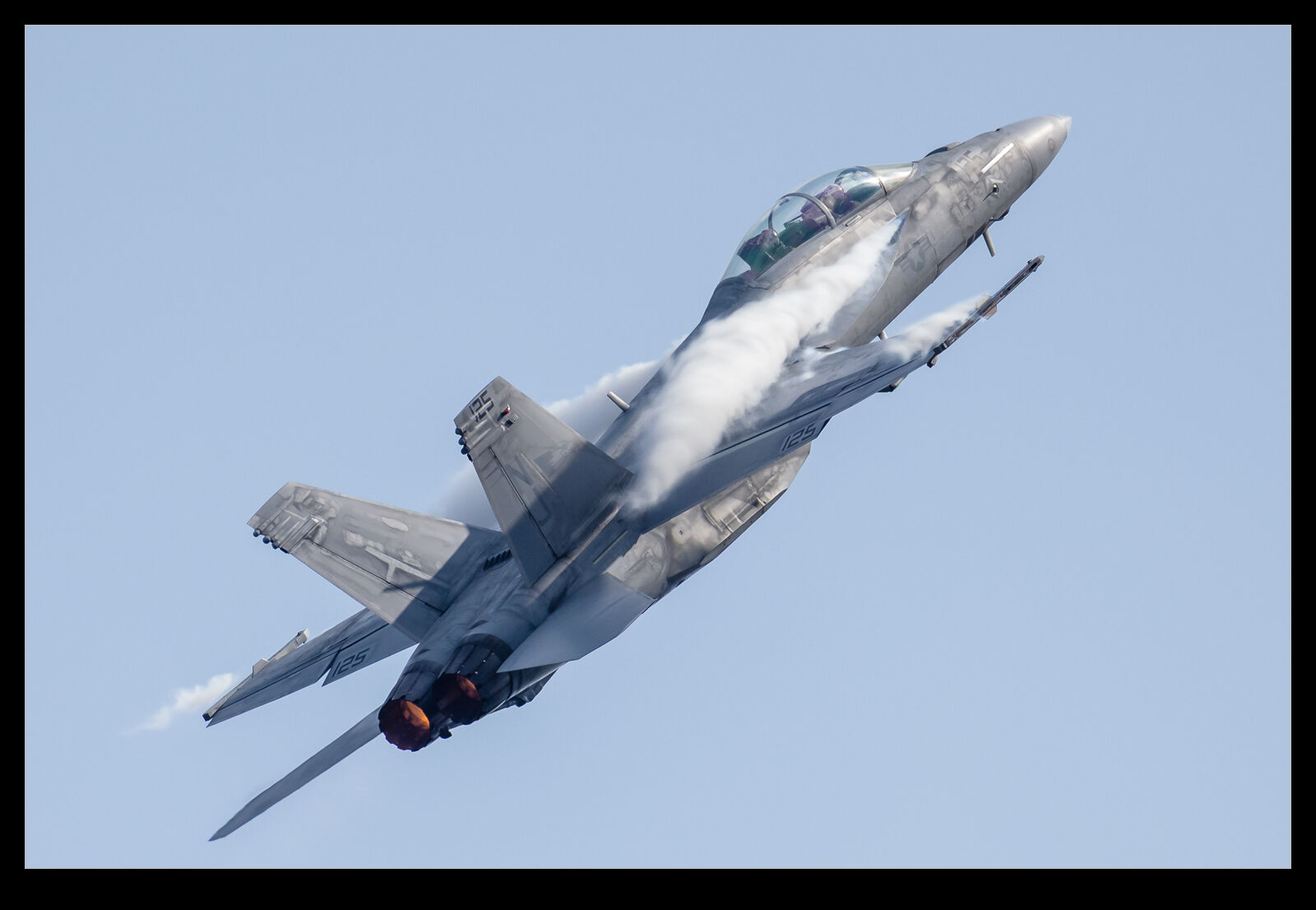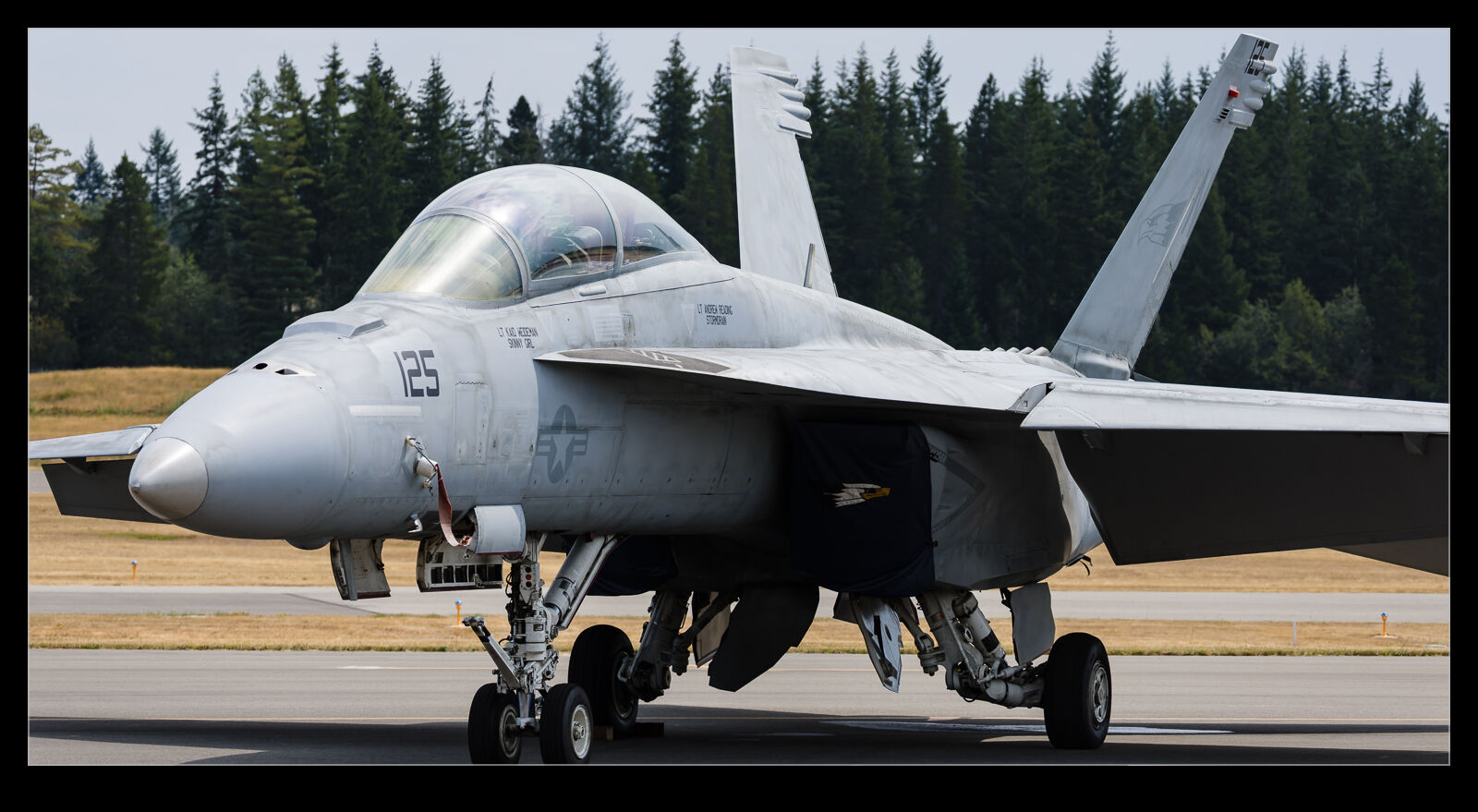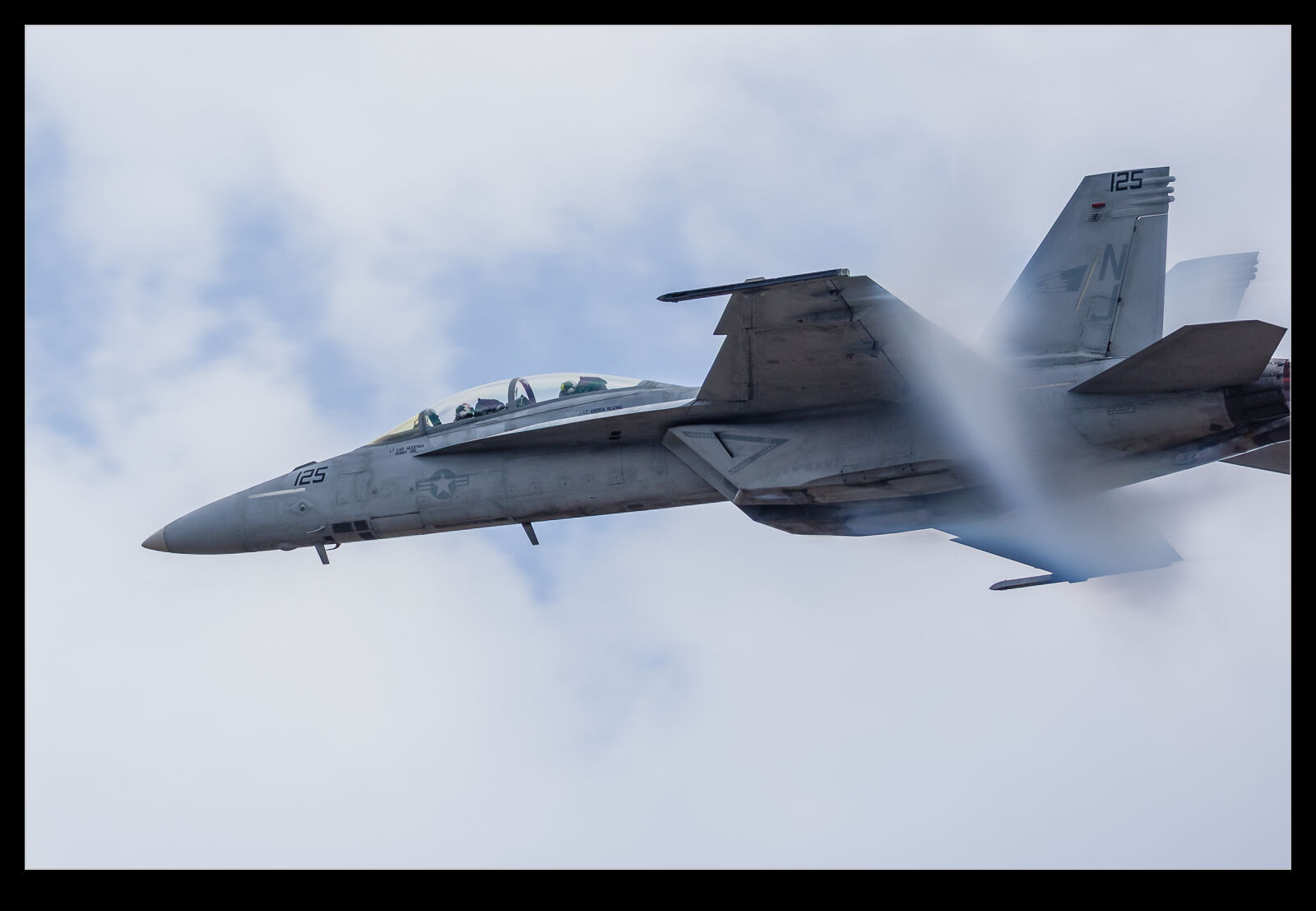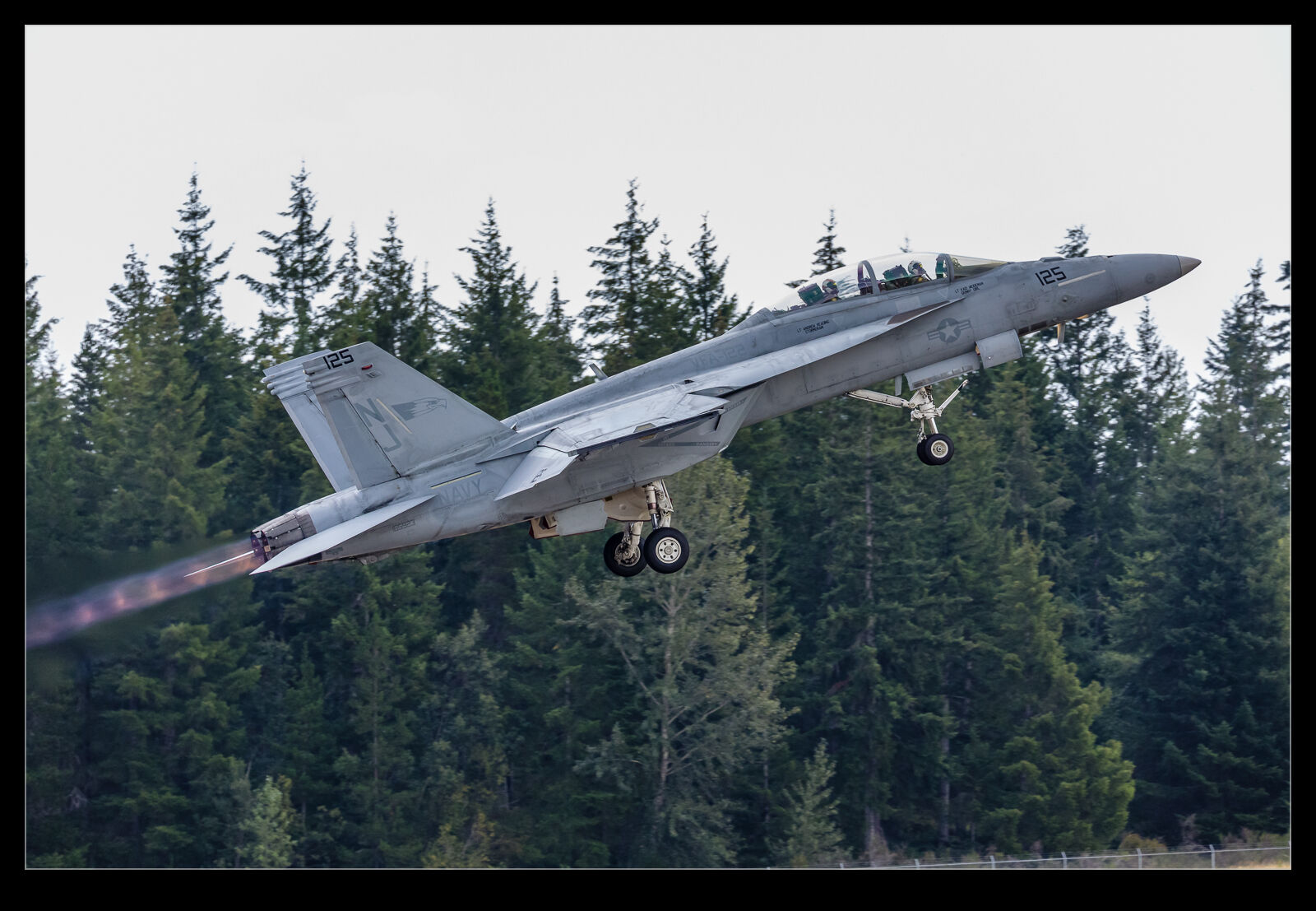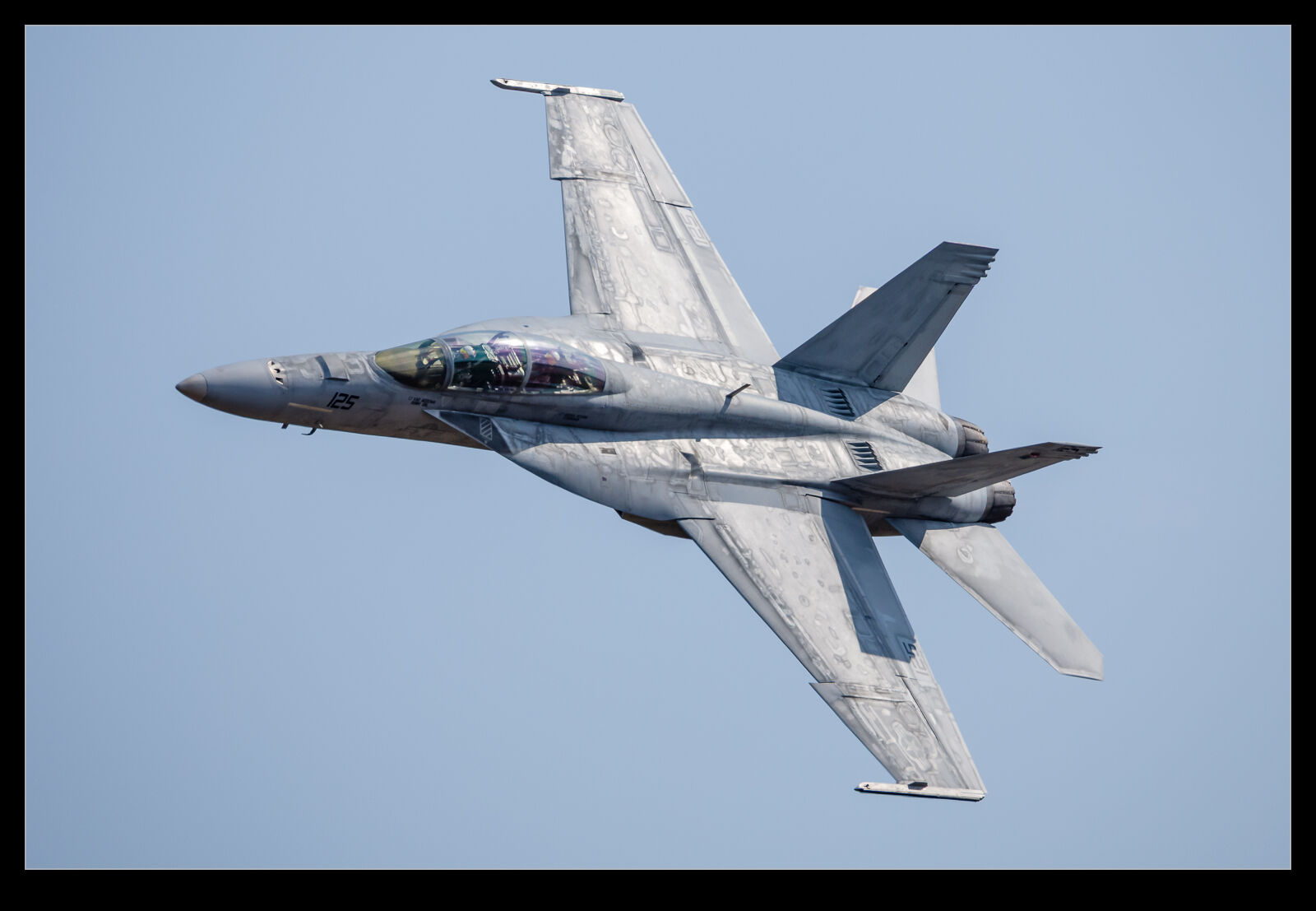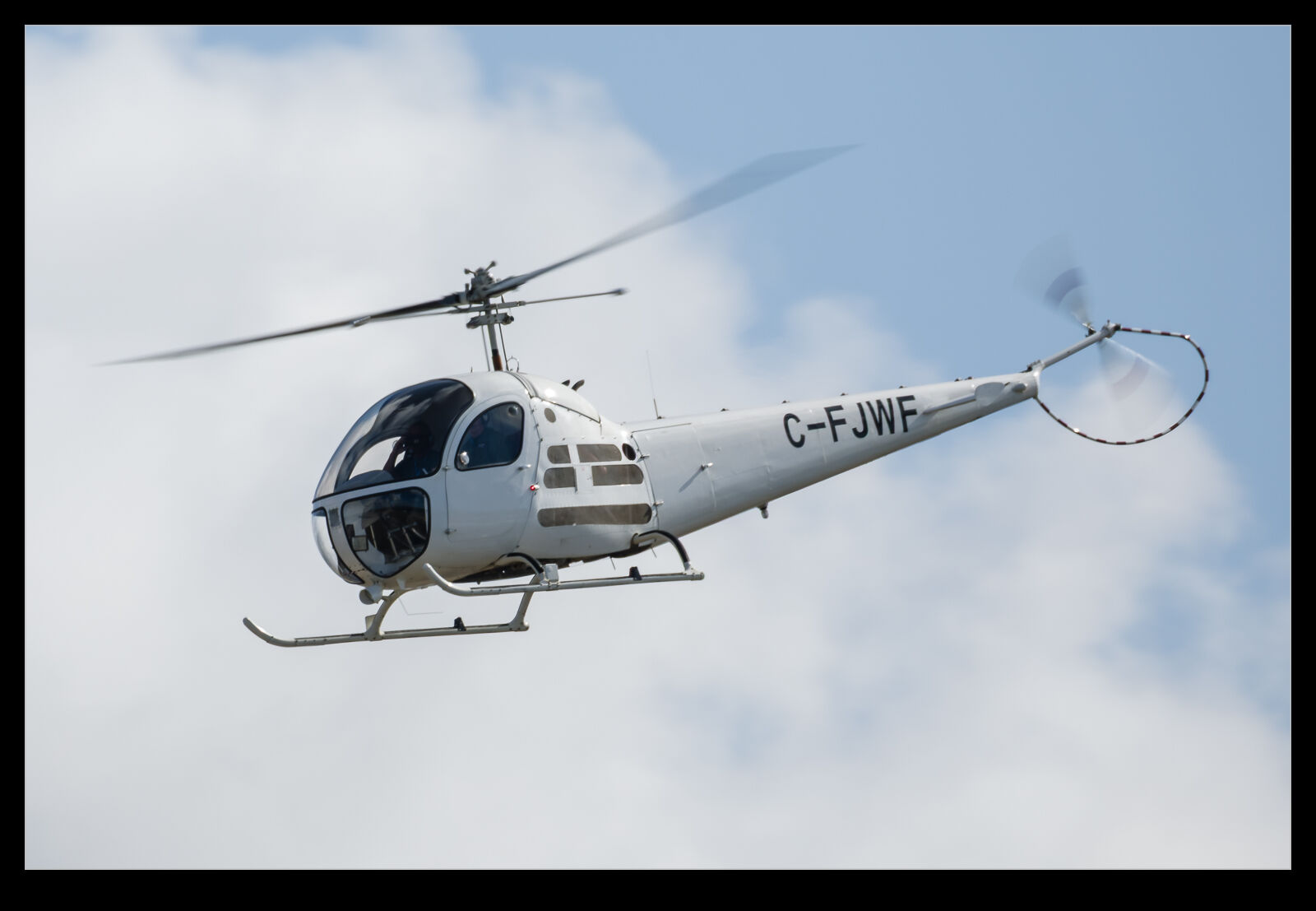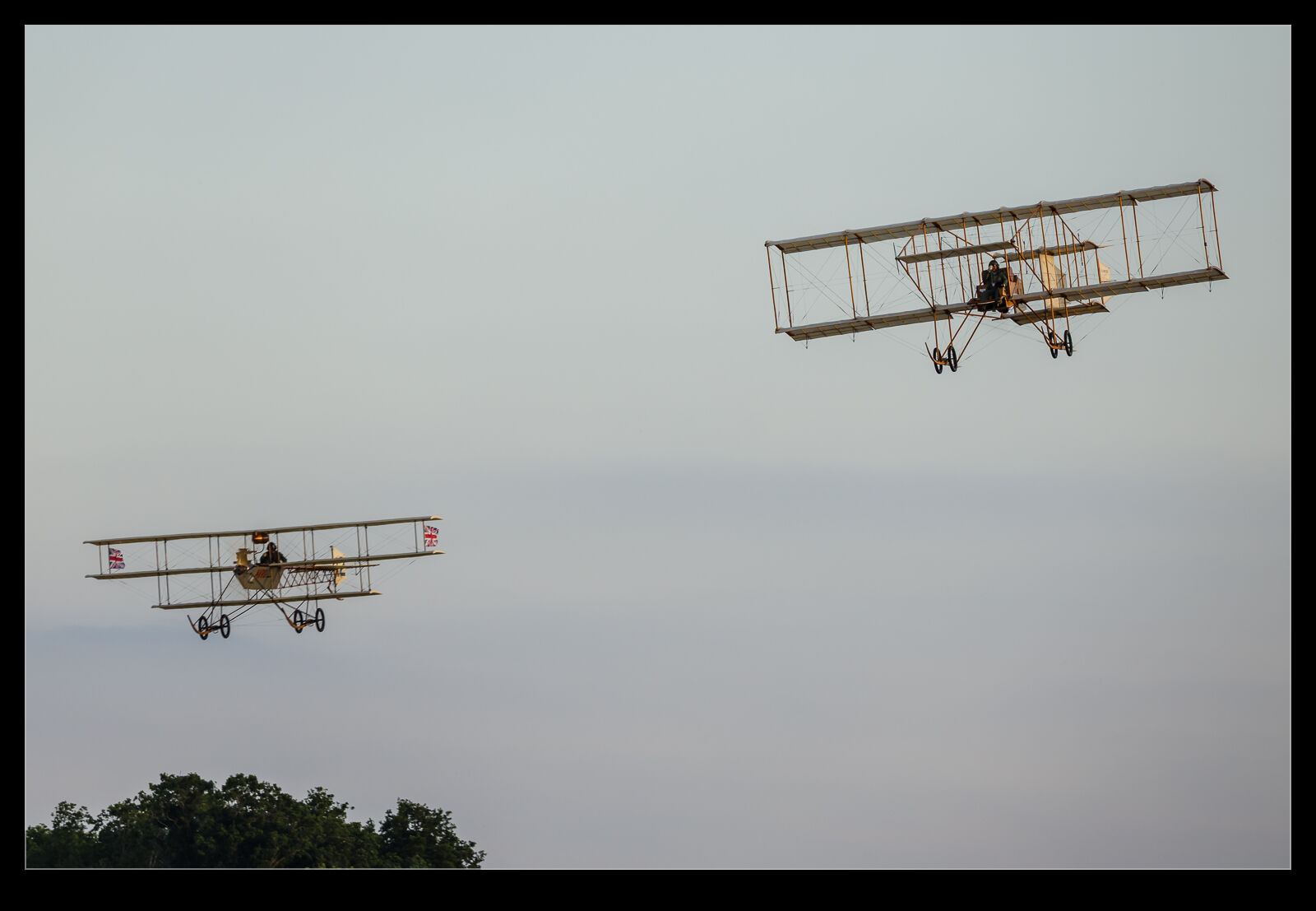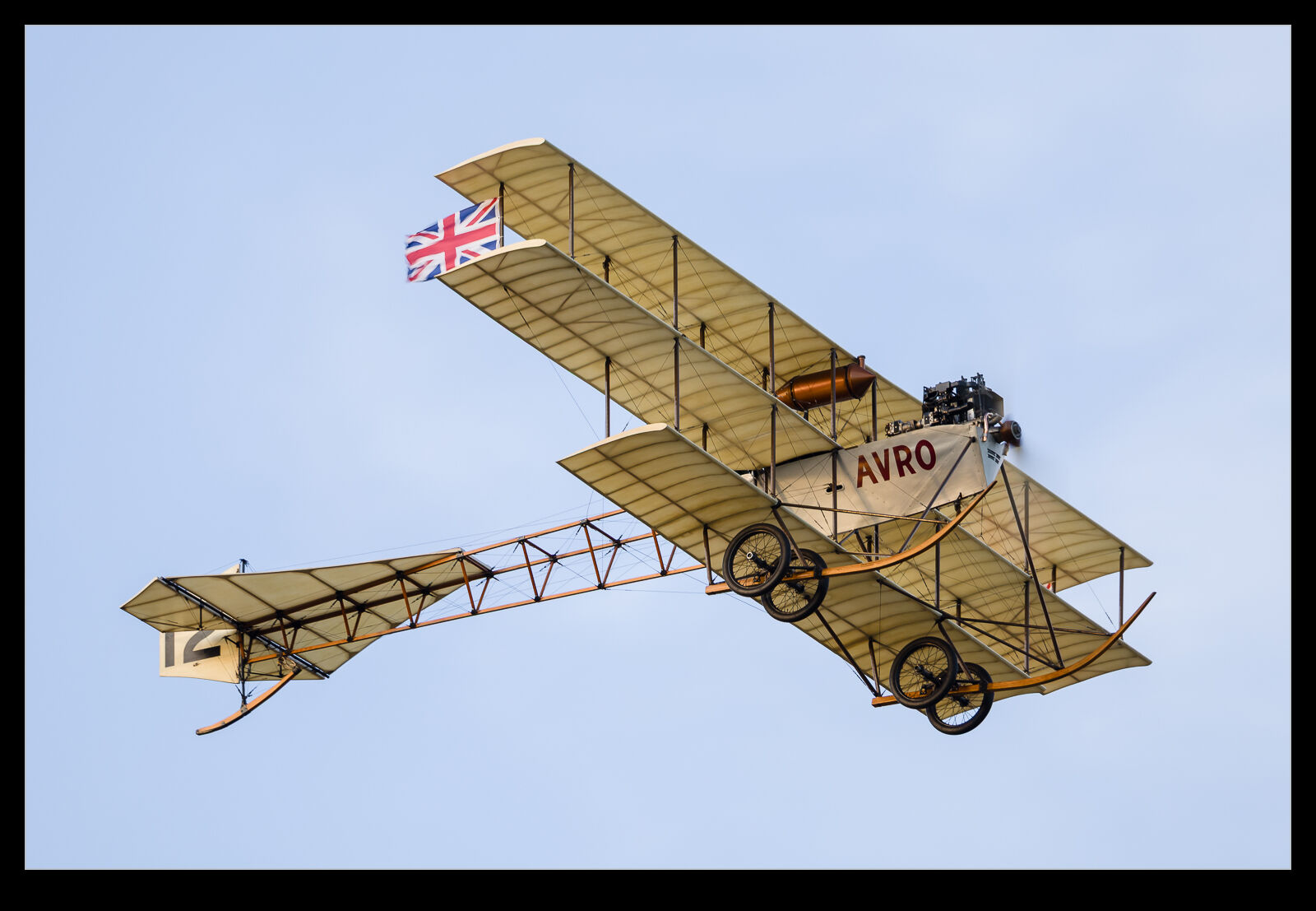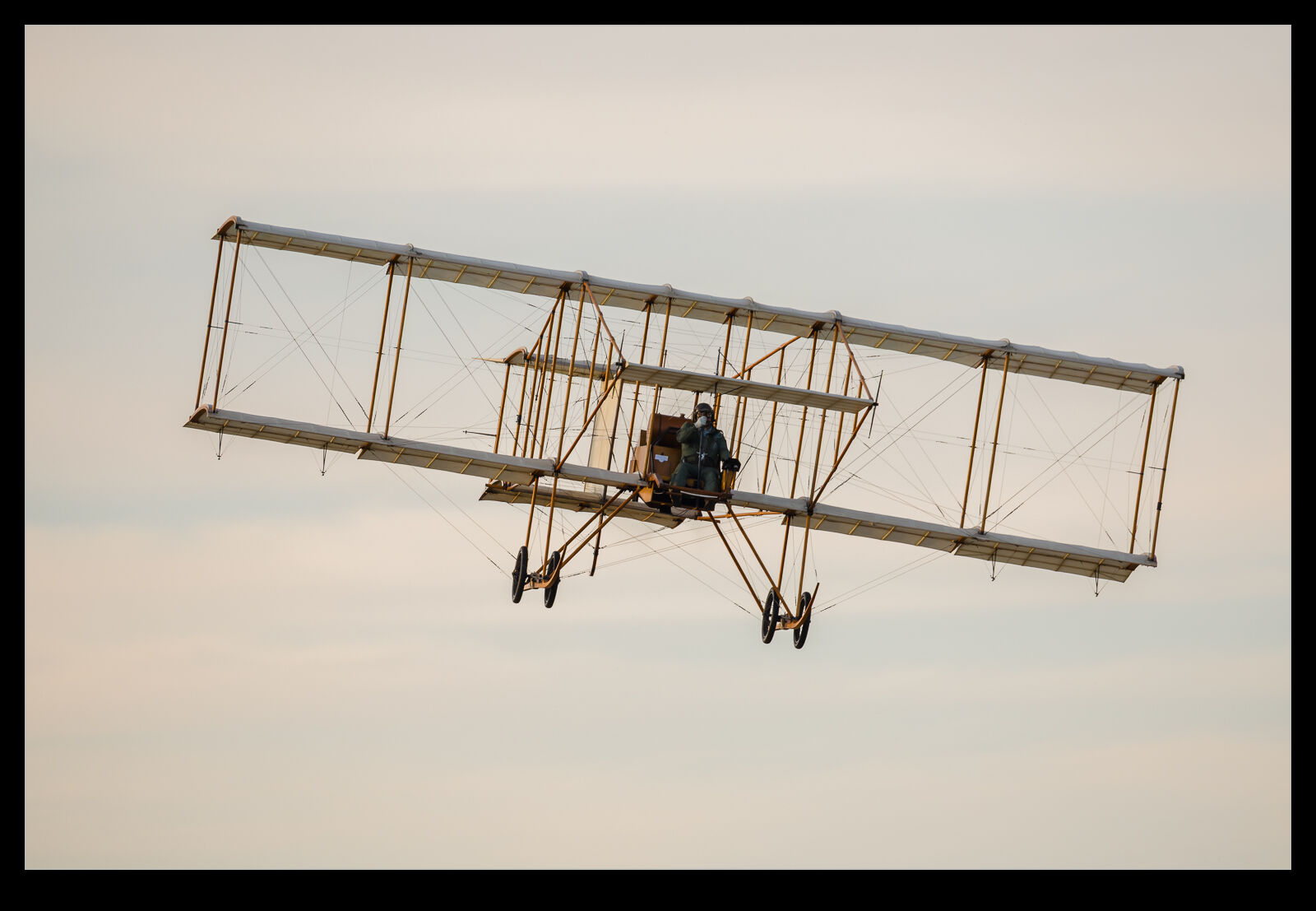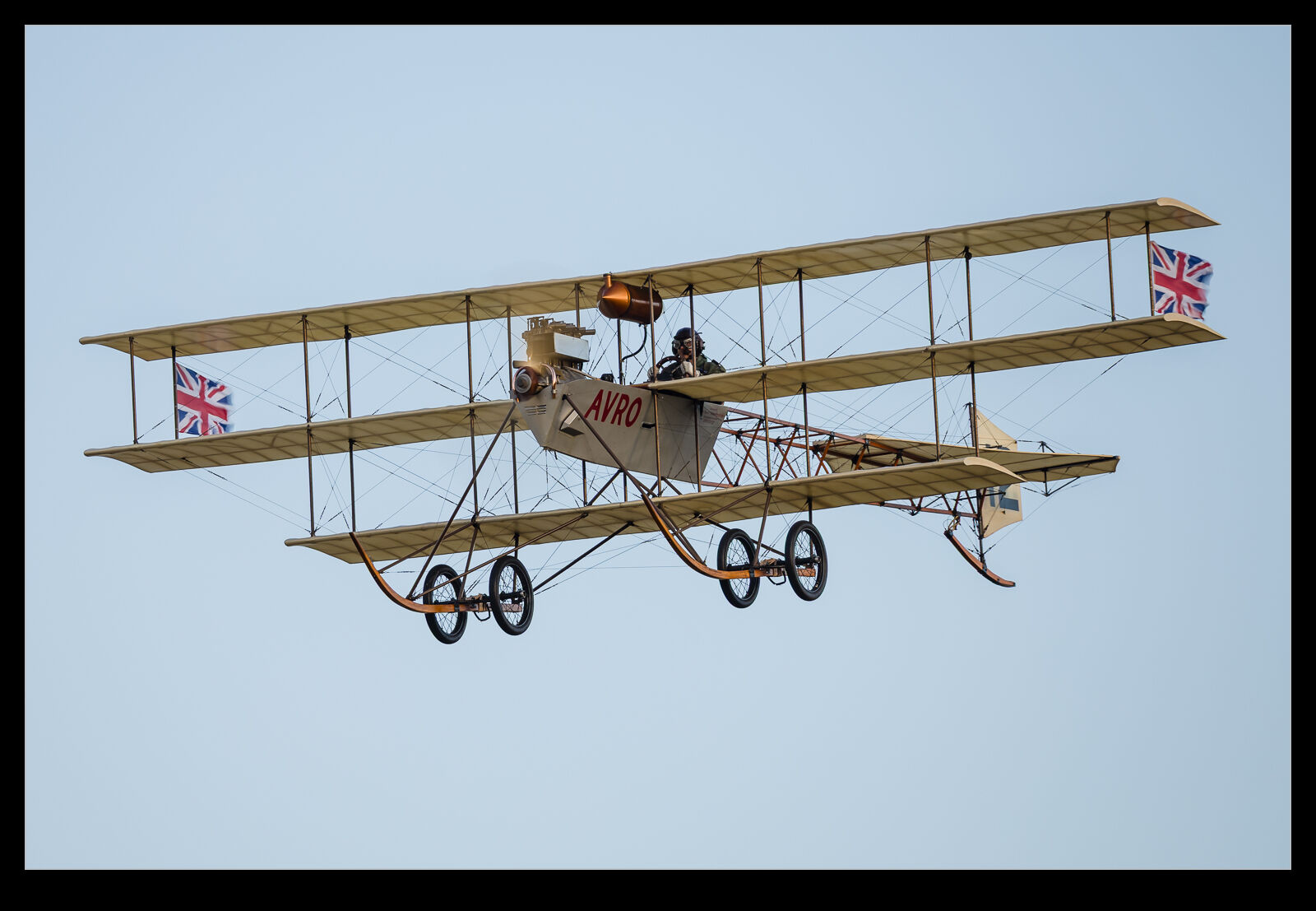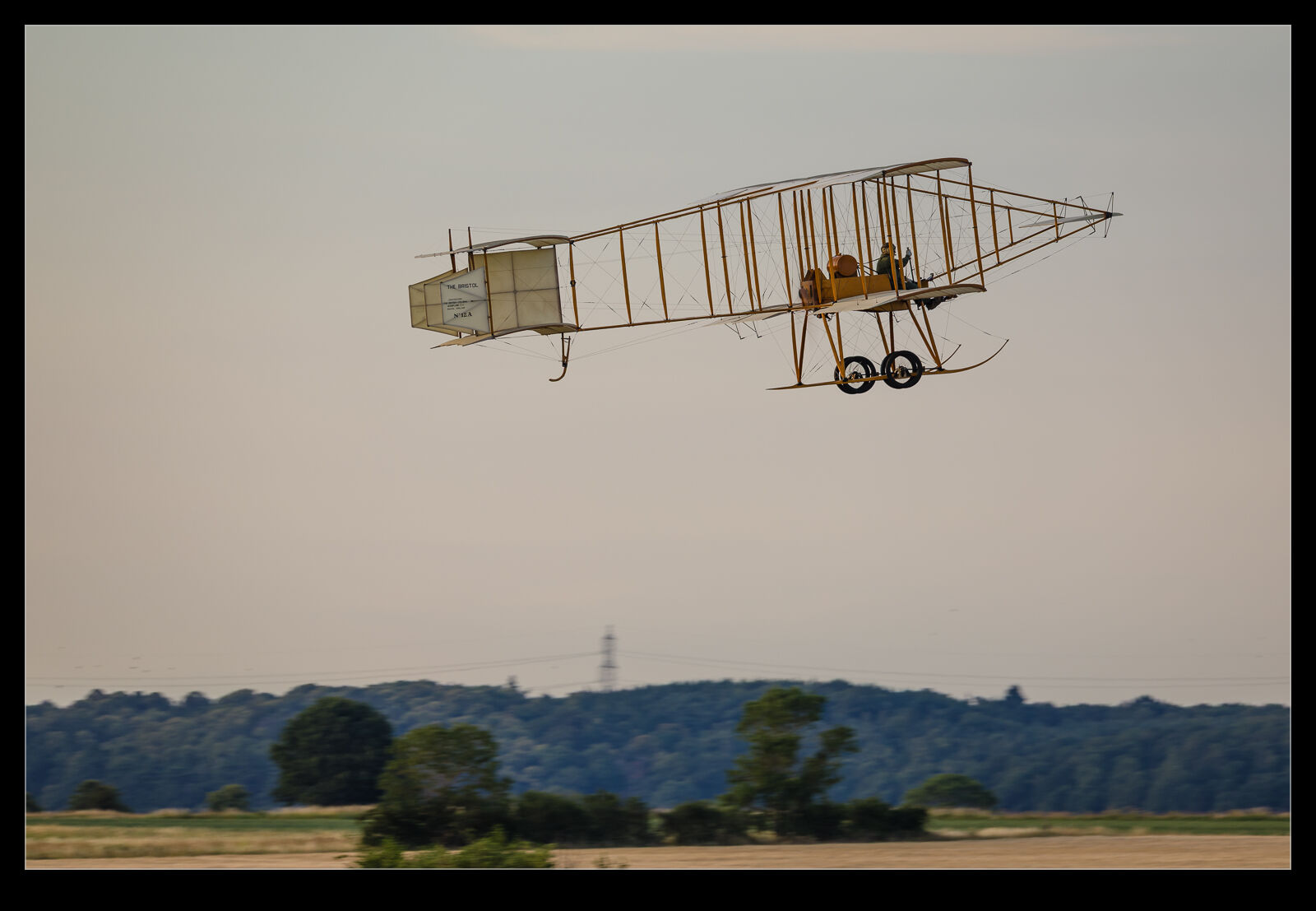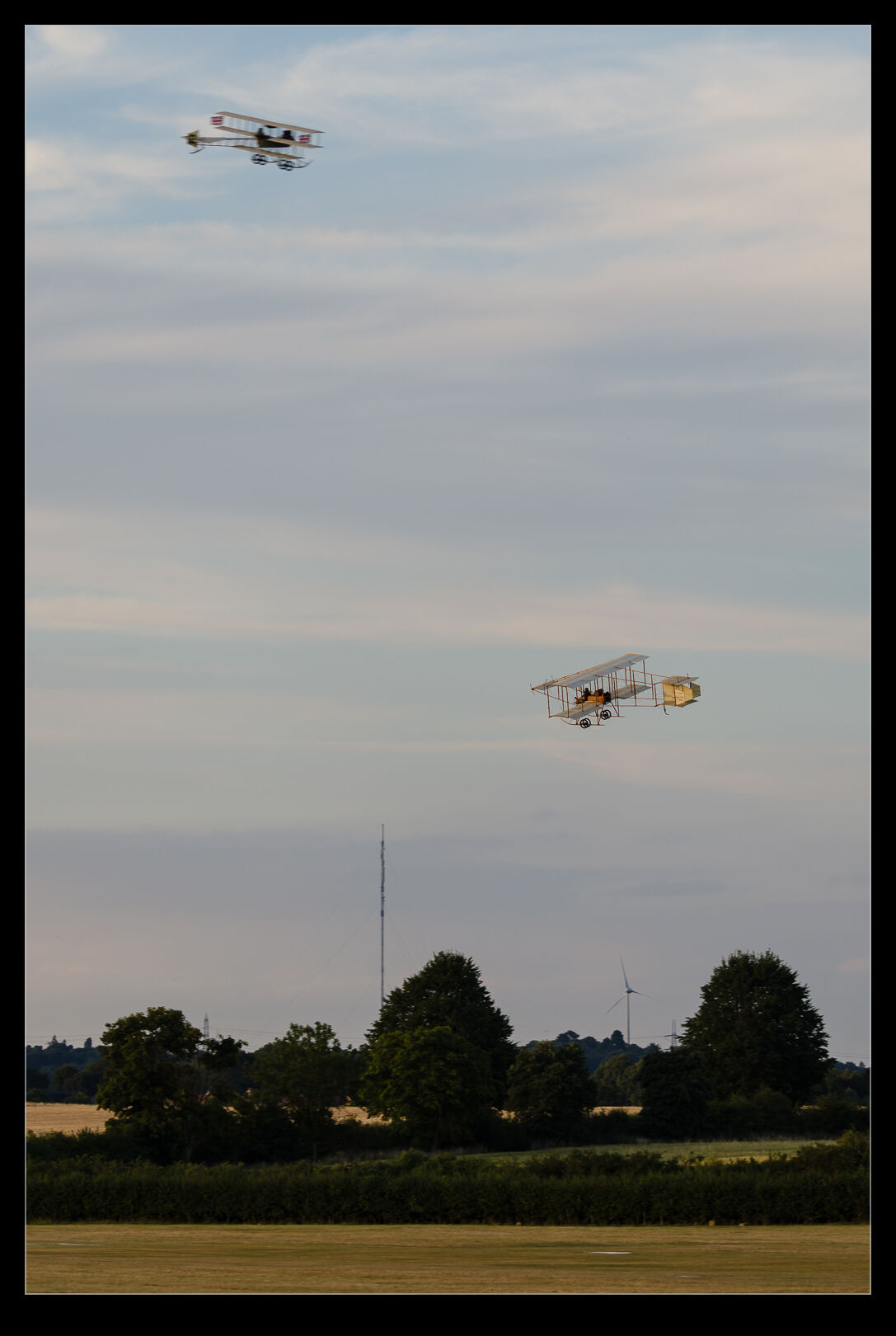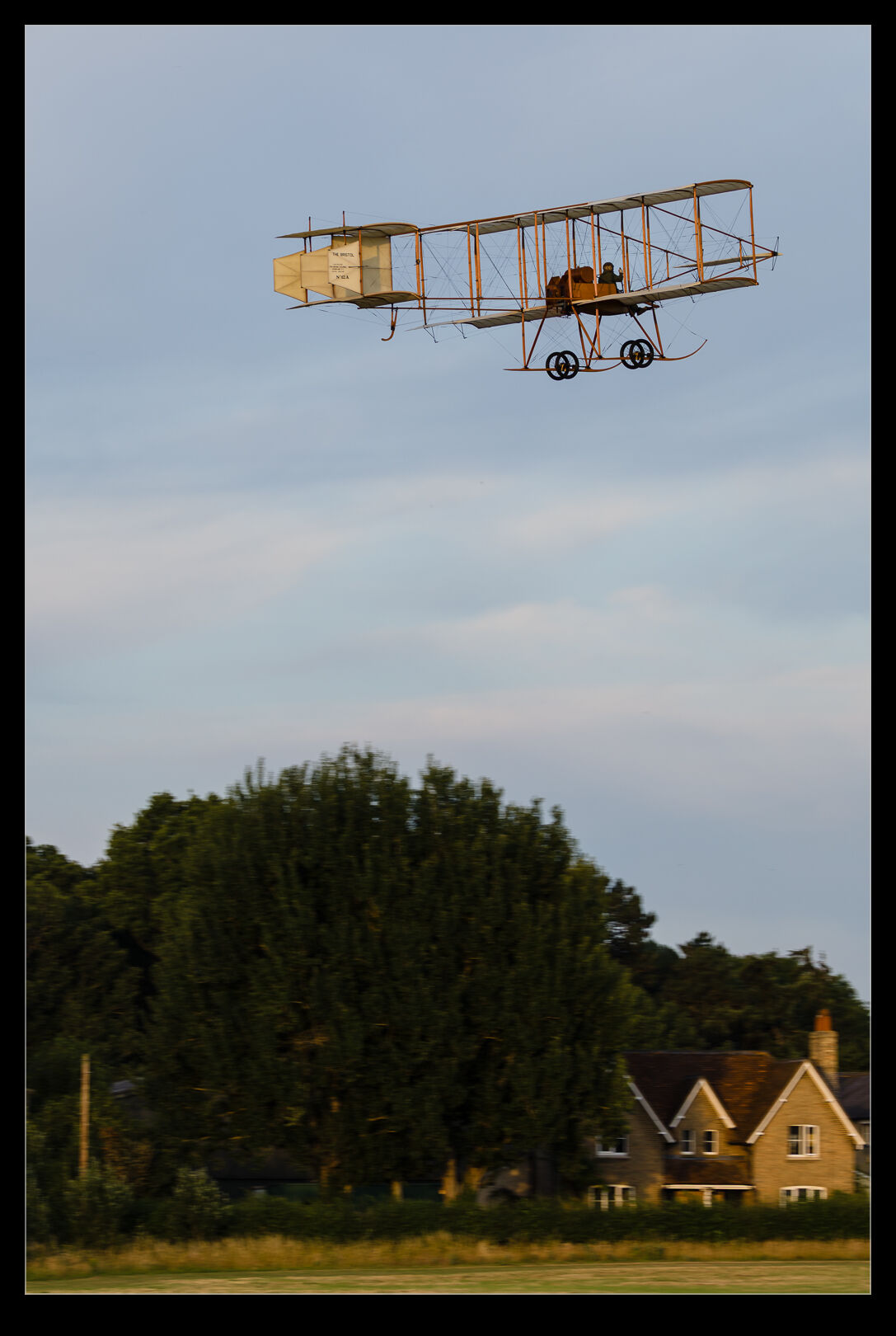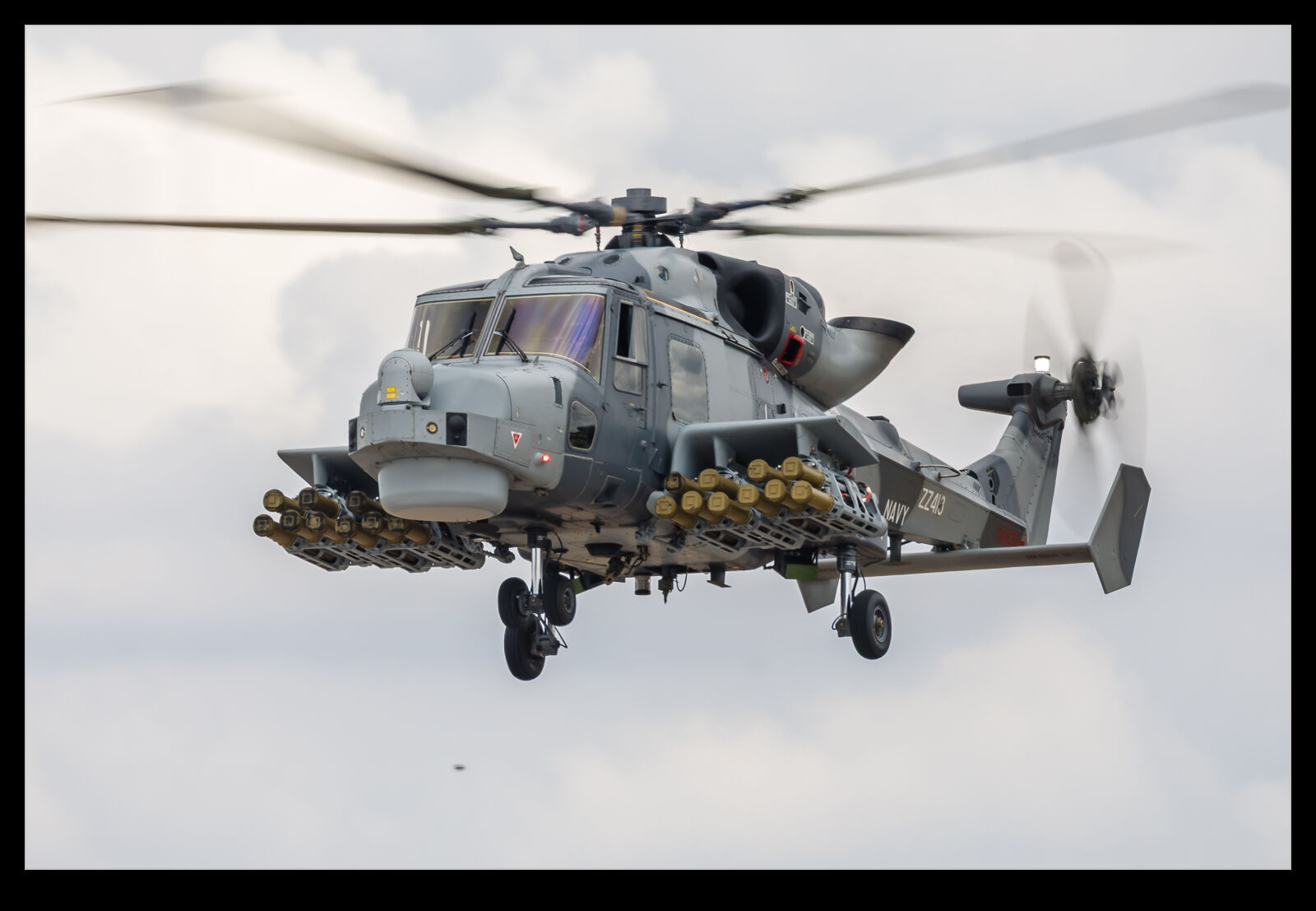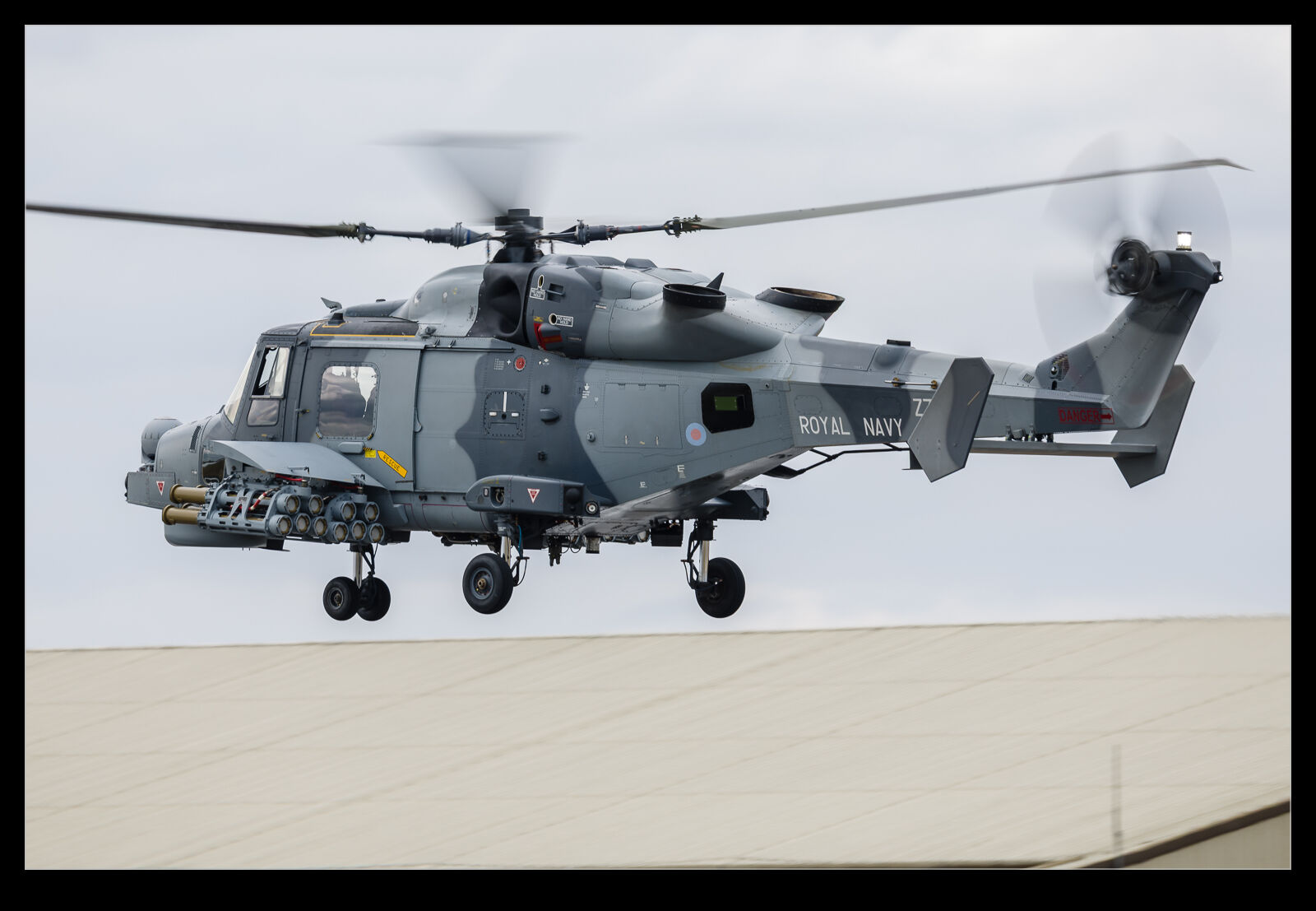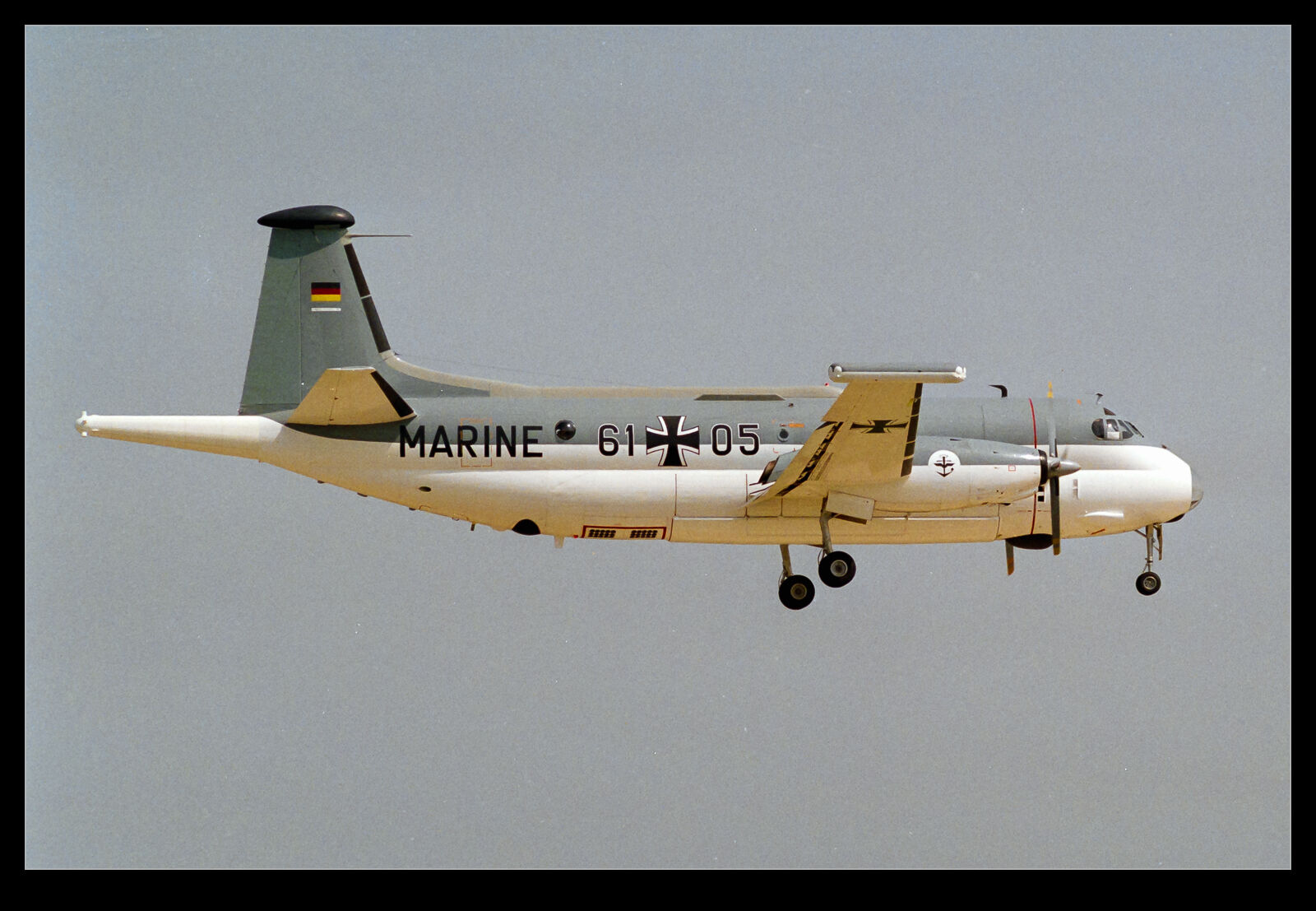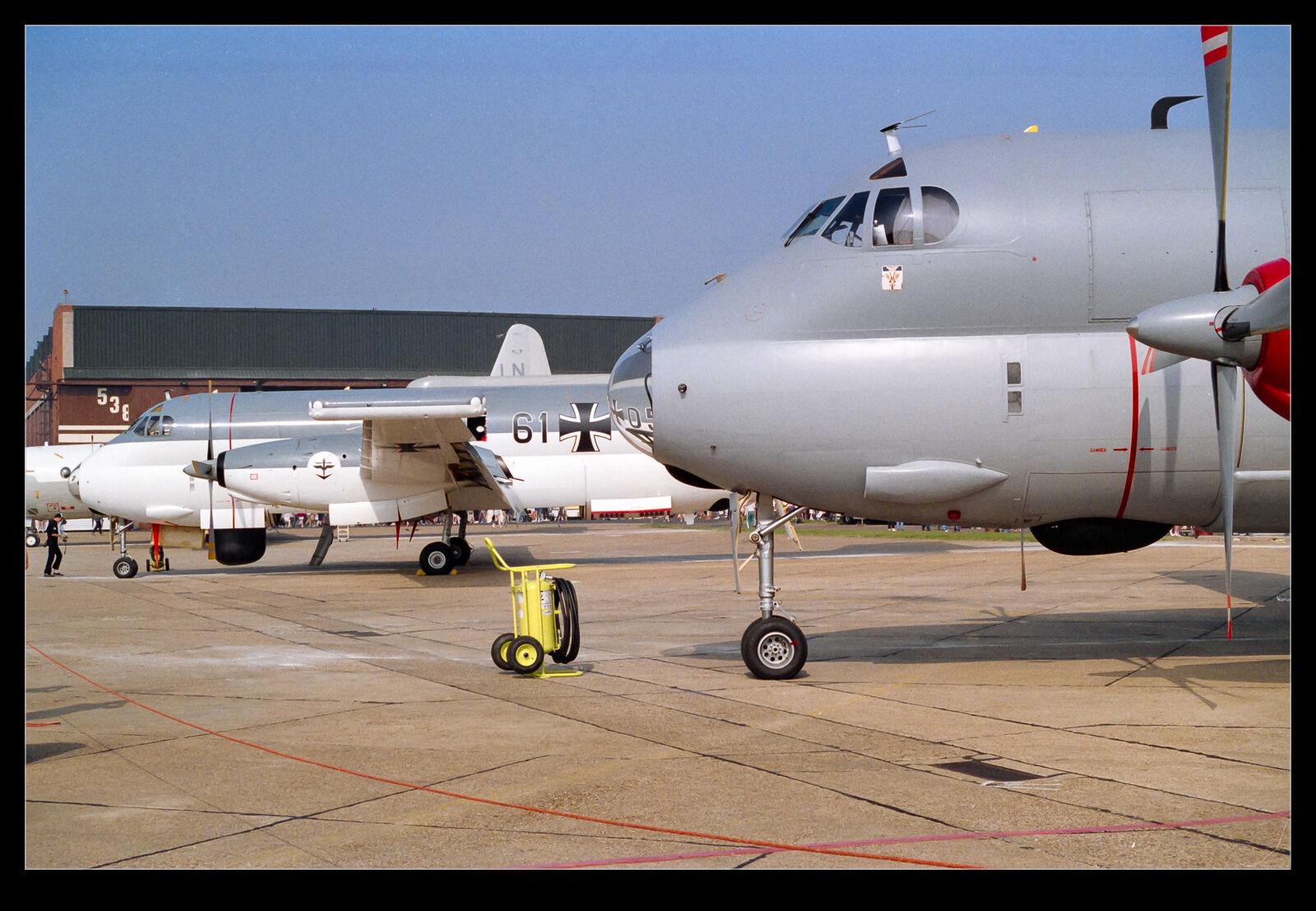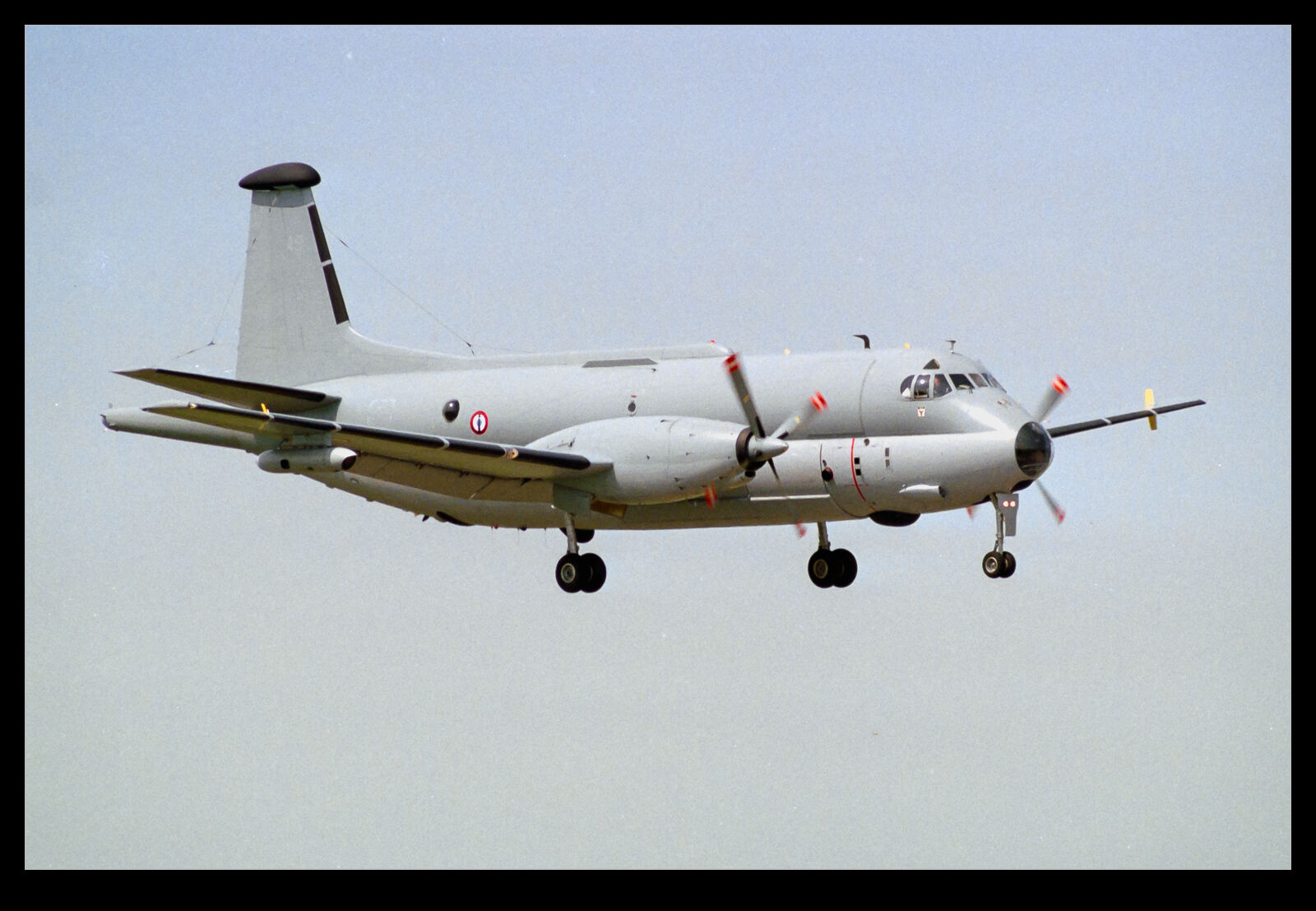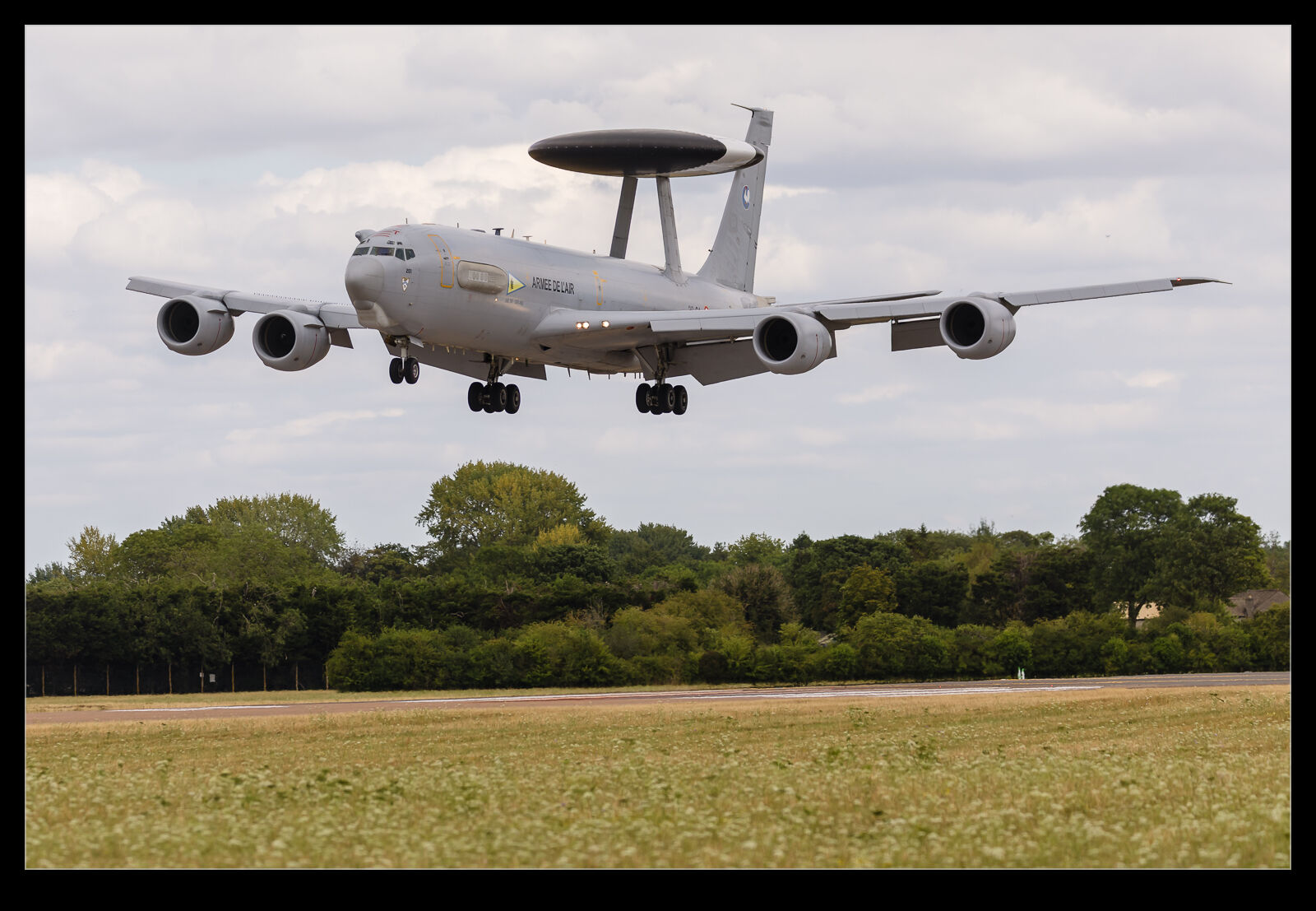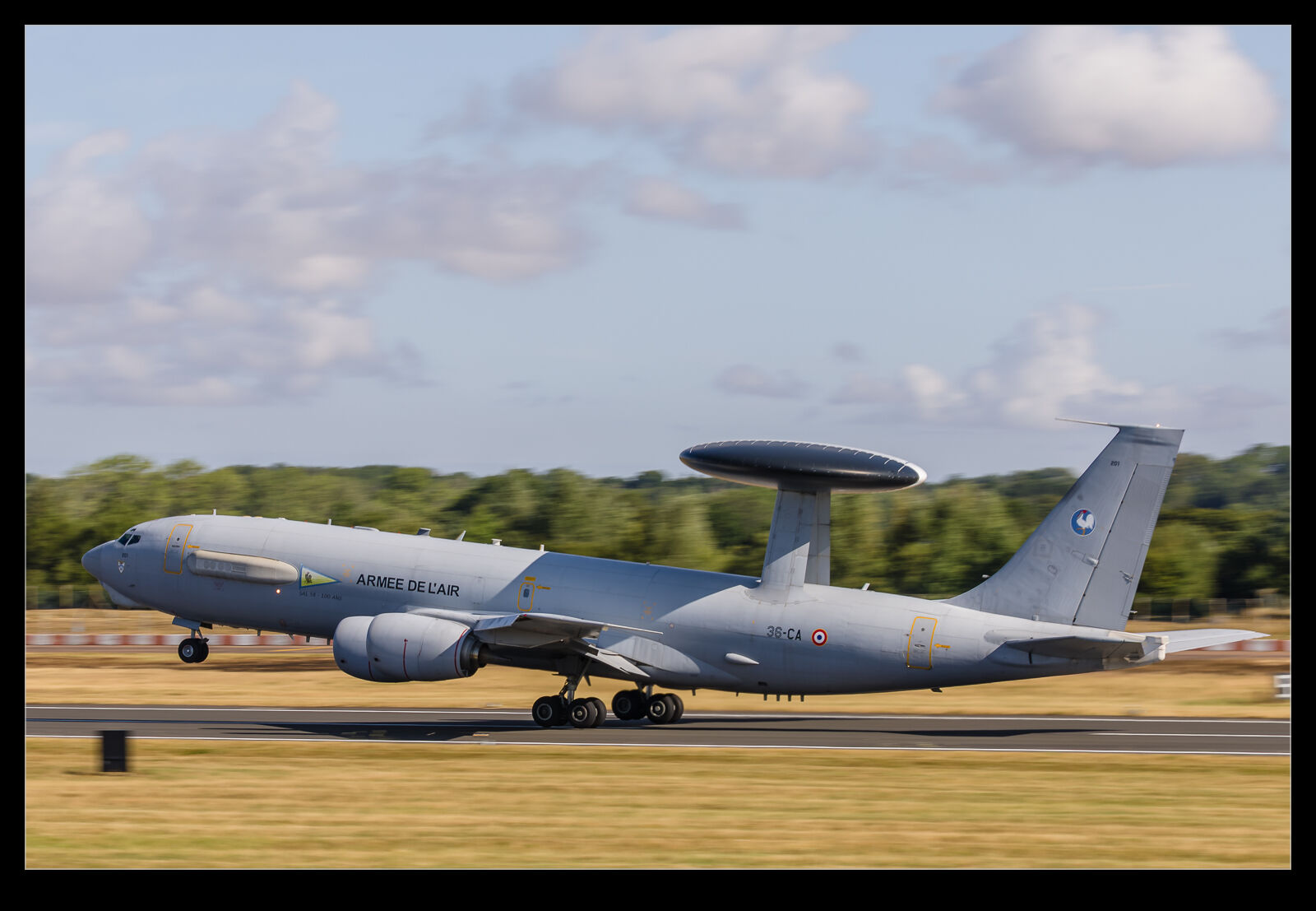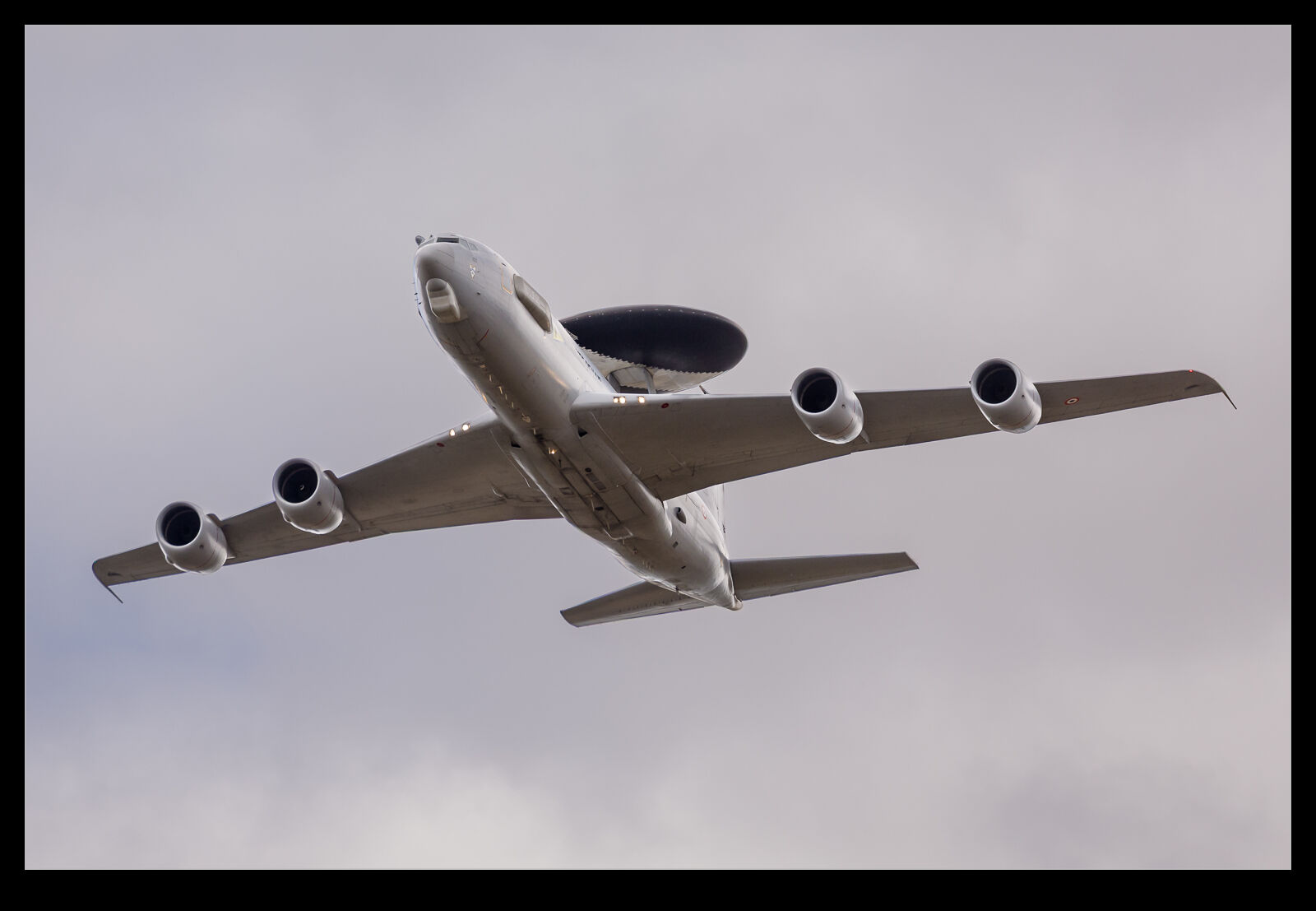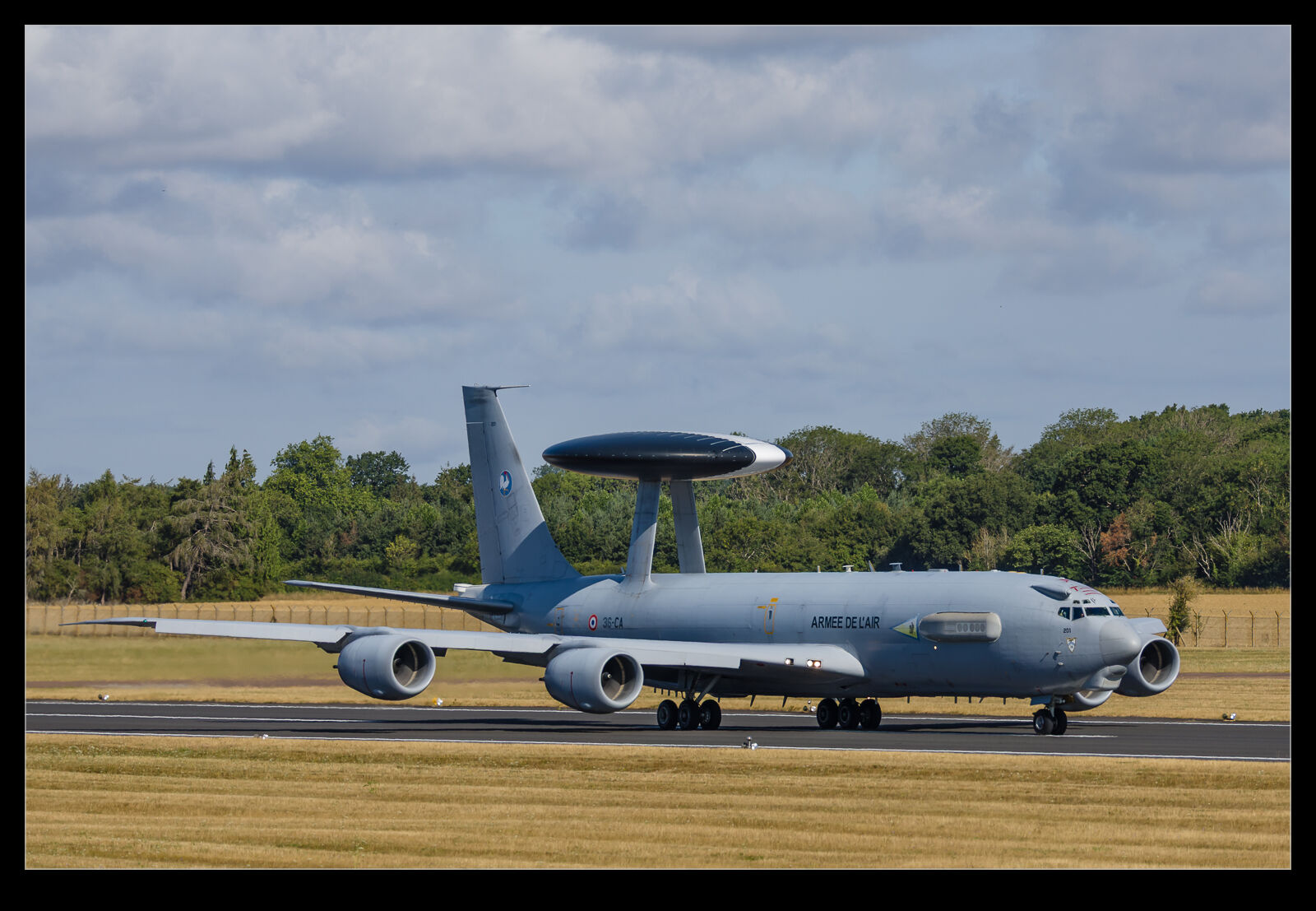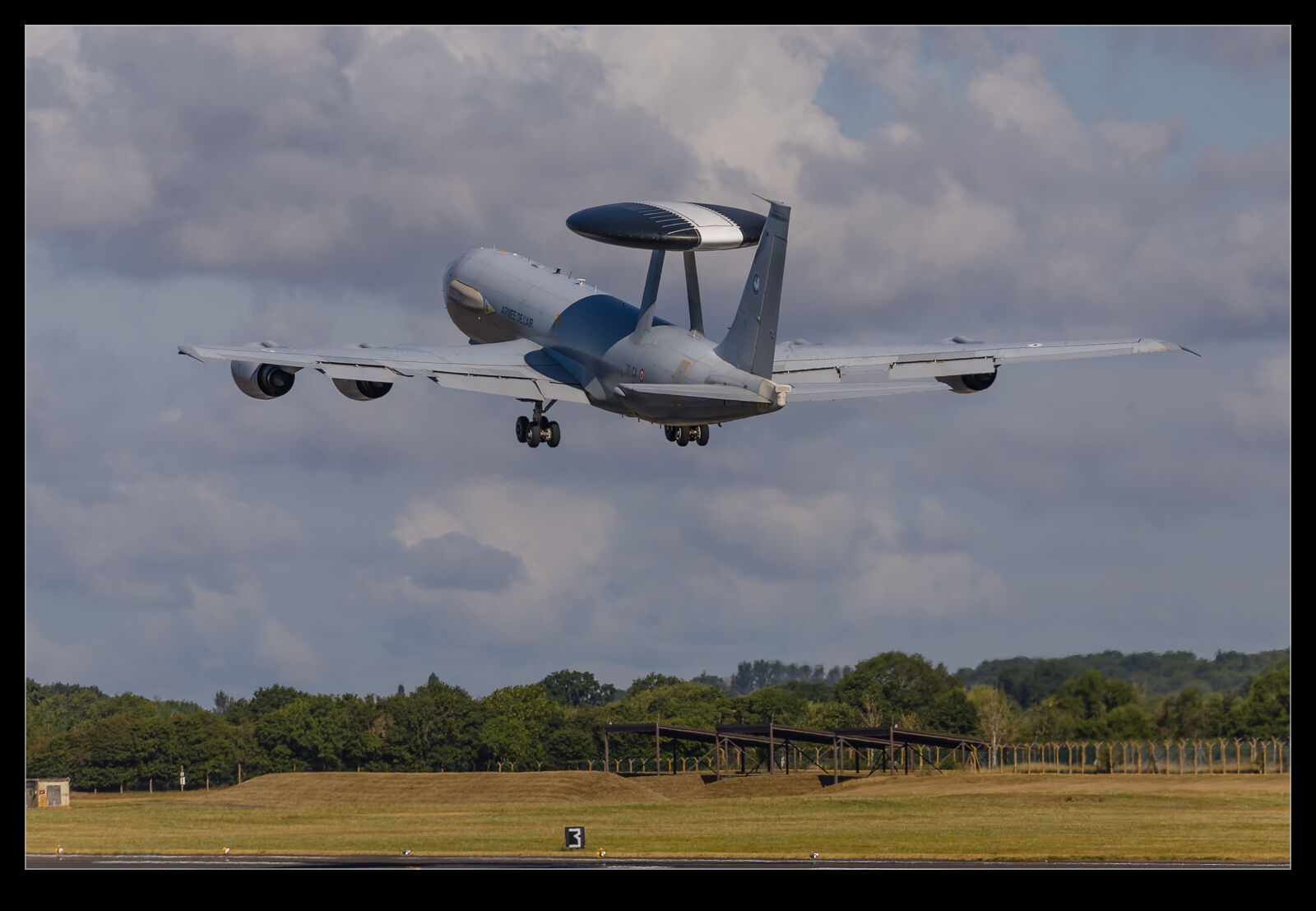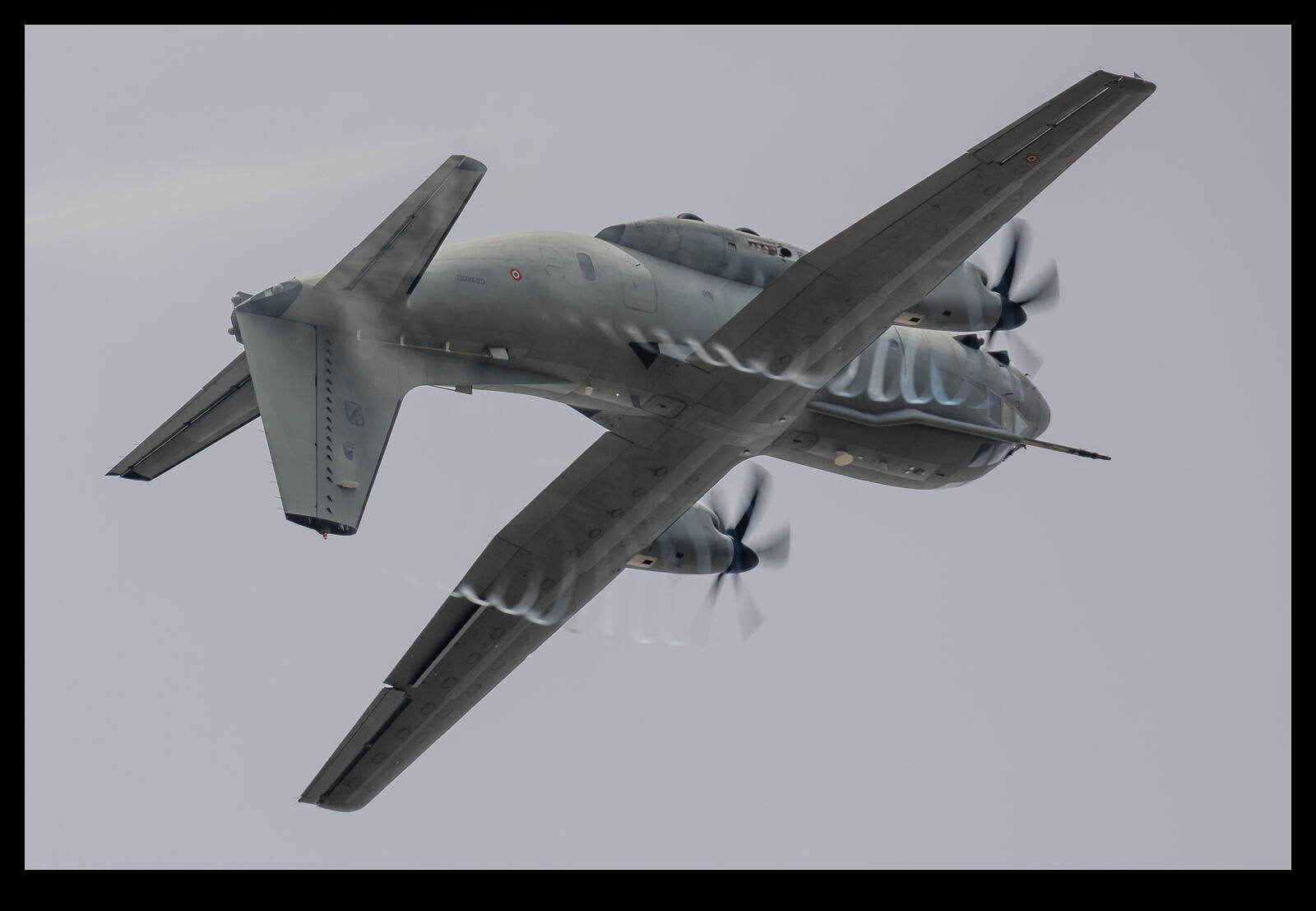 I have seen plenty of footage of C-27J displays where the crews make use of the plentiful power of the type to undertake aerobatics. However, I had never seen it in person. The only C-27Js I had seen display were from the US Coast Guard and they were much more benign in their performance. RIAT brought an example from the Italian Air Force’s test centre and the crew that displayed it knew exactly how much performance they could wring from it.
I have seen plenty of footage of C-27J displays where the crews make use of the plentiful power of the type to undertake aerobatics. However, I had never seen it in person. The only C-27Js I had seen display were from the US Coast Guard and they were much more benign in their performance. RIAT brought an example from the Italian Air Force’s test centre and the crew that displayed it knew exactly how much performance they could wring from it.
 They displayed a few times during the show, and each performance was worth stopping to watch. The ability to loop and roll a decent sized transport was impressive. The conditions during some of the displays were not ideal from a lighting point of view but the humidity in the air did make for some great prop vortices. An inverted plane streaming vapour from the props makes for an interesting image. If you haven’t had the chance to see the display and an opportunity presents itself, do be there.
They displayed a few times during the show, and each performance was worth stopping to watch. The ability to loop and roll a decent sized transport was impressive. The conditions during some of the displays were not ideal from a lighting point of view but the humidity in the air did make for some great prop vortices. An inverted plane streaming vapour from the props makes for an interesting image. If you haven’t had the chance to see the display and an opportunity presents itself, do be there.

